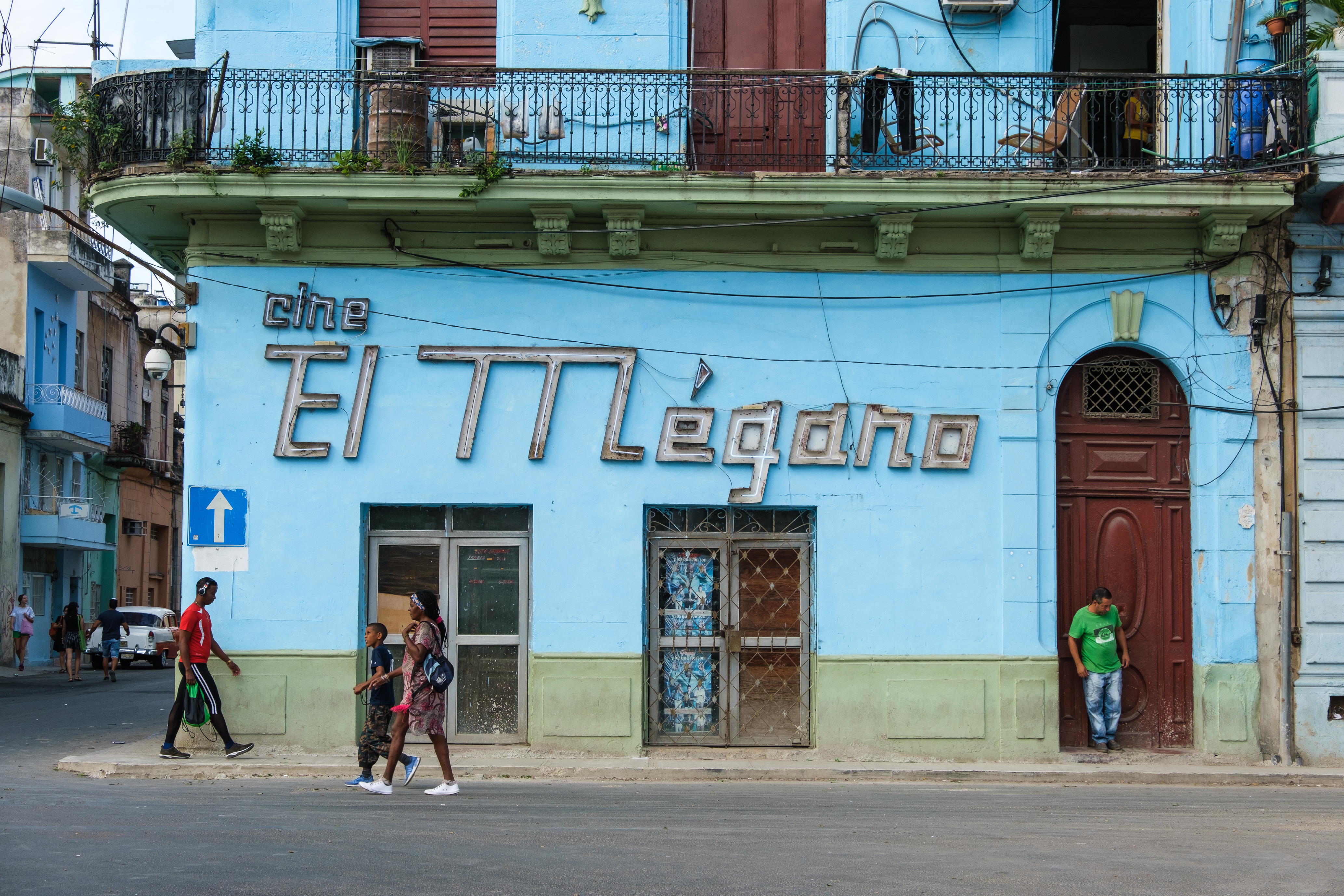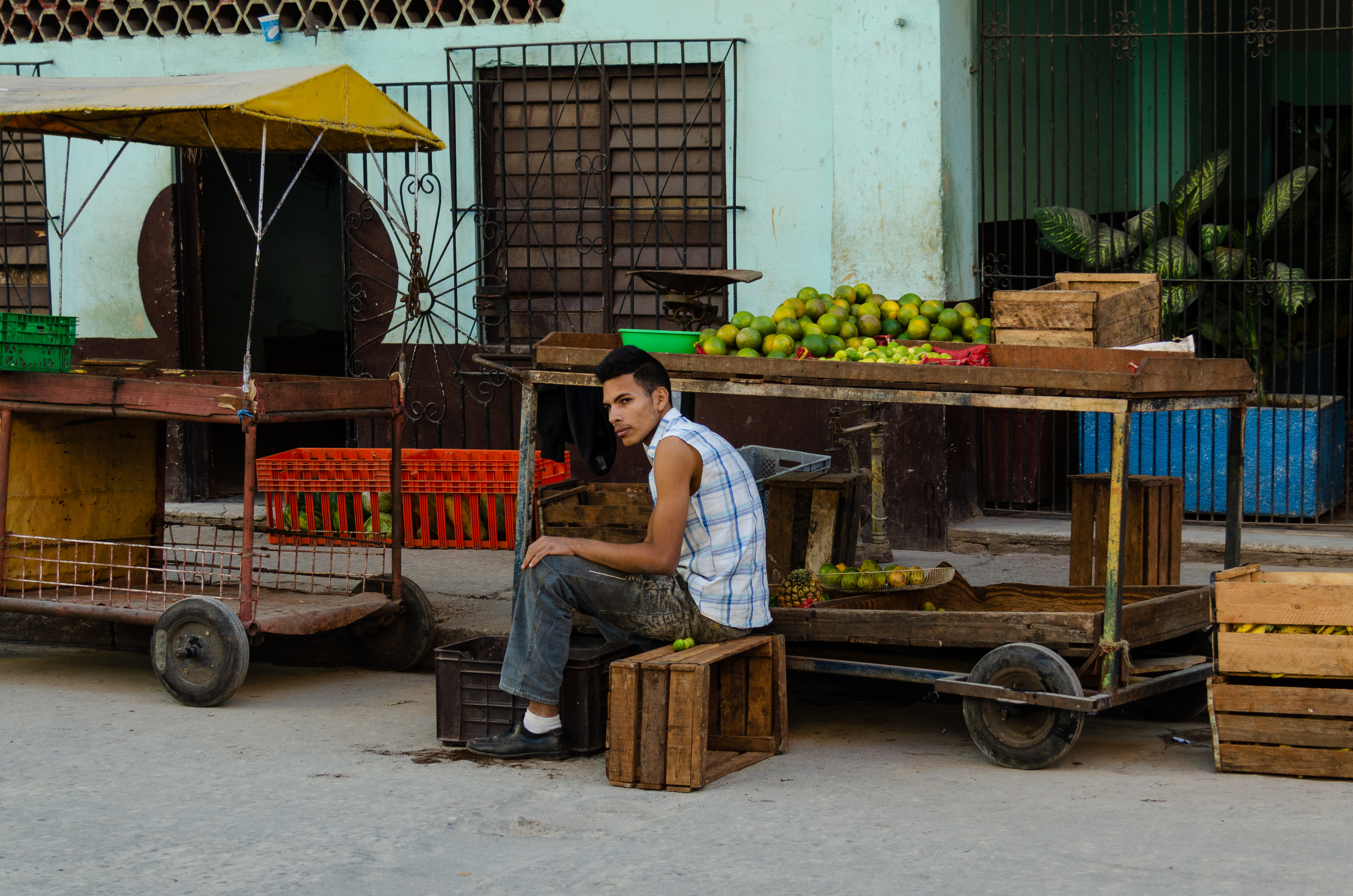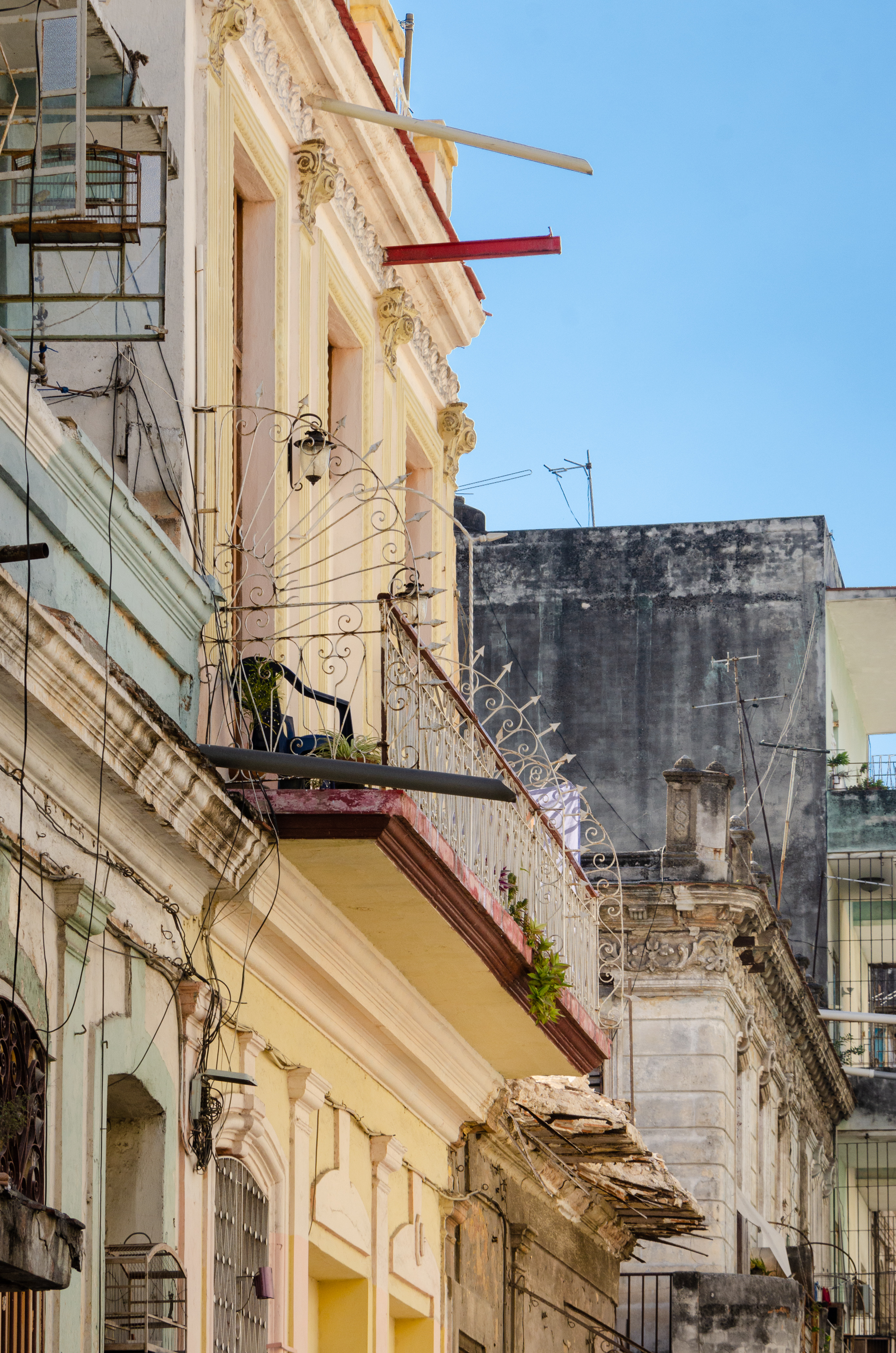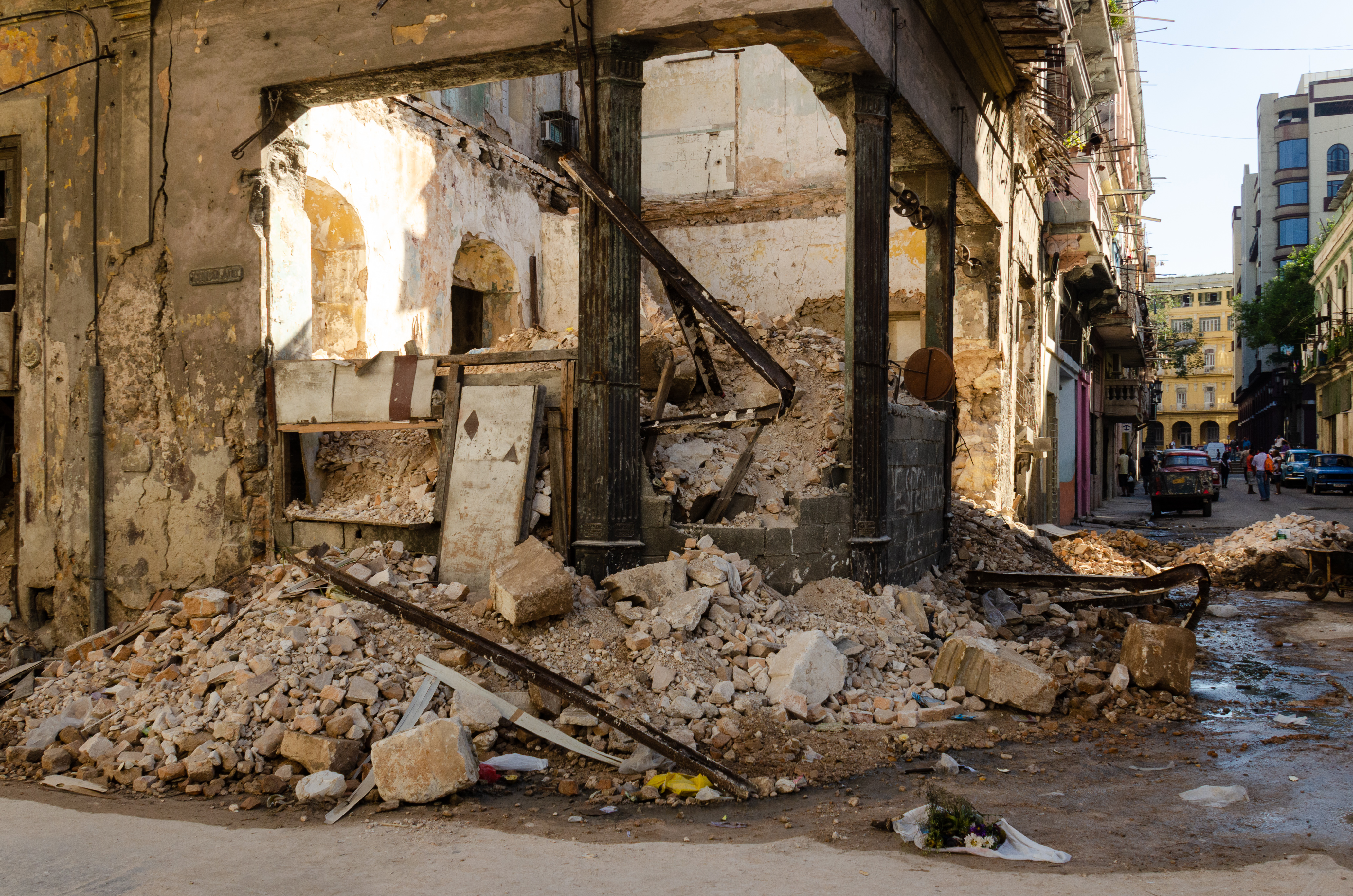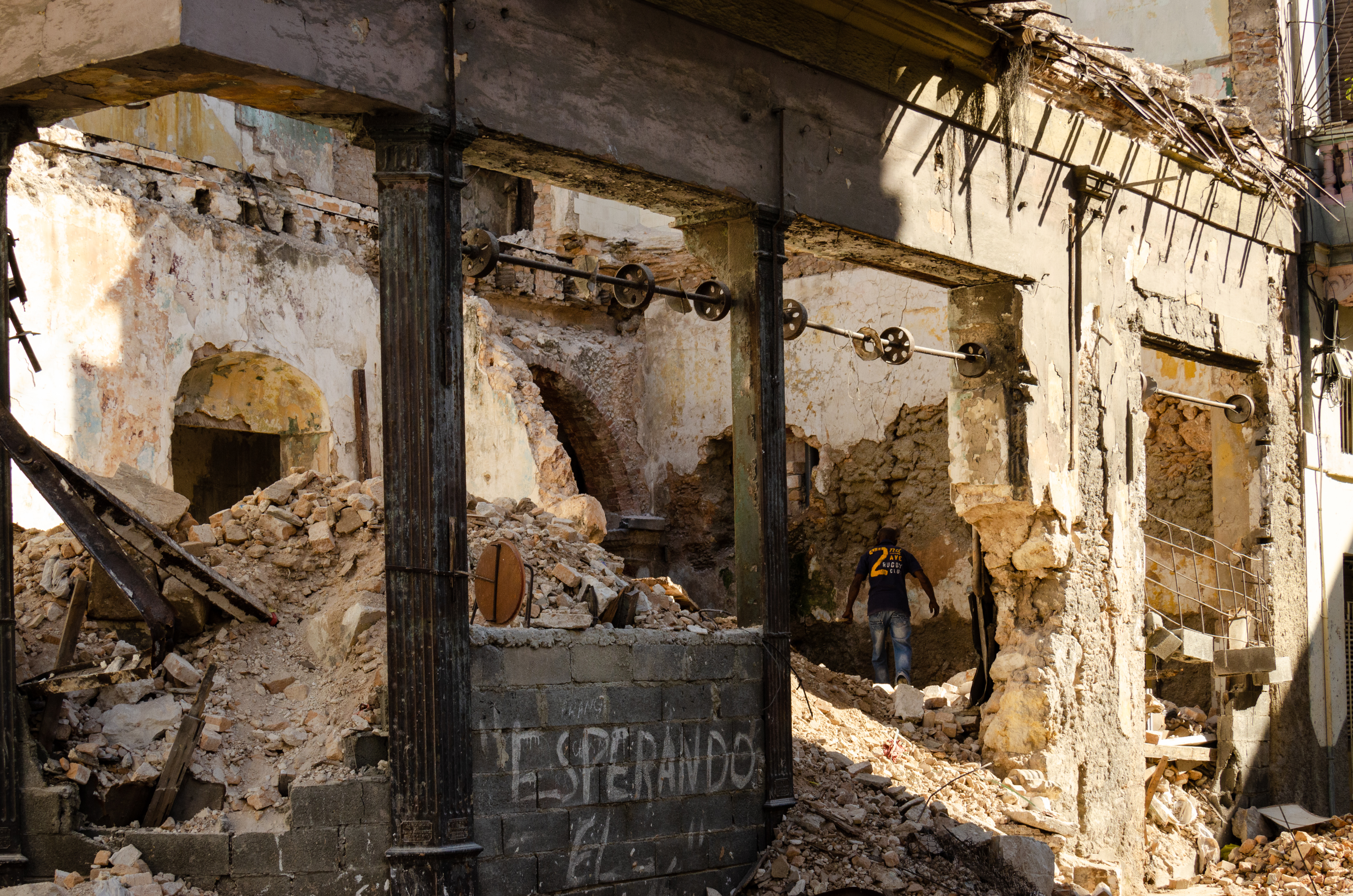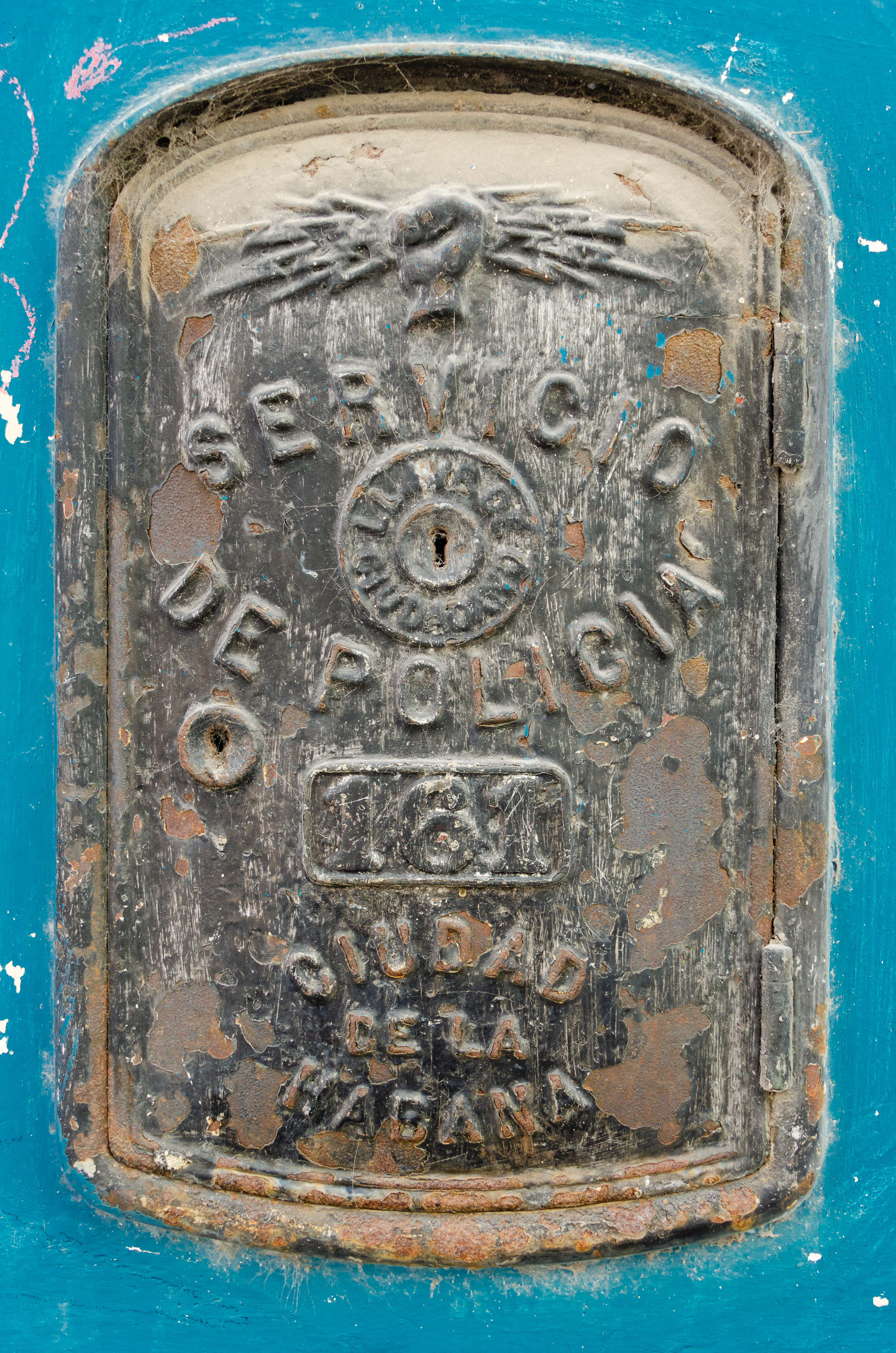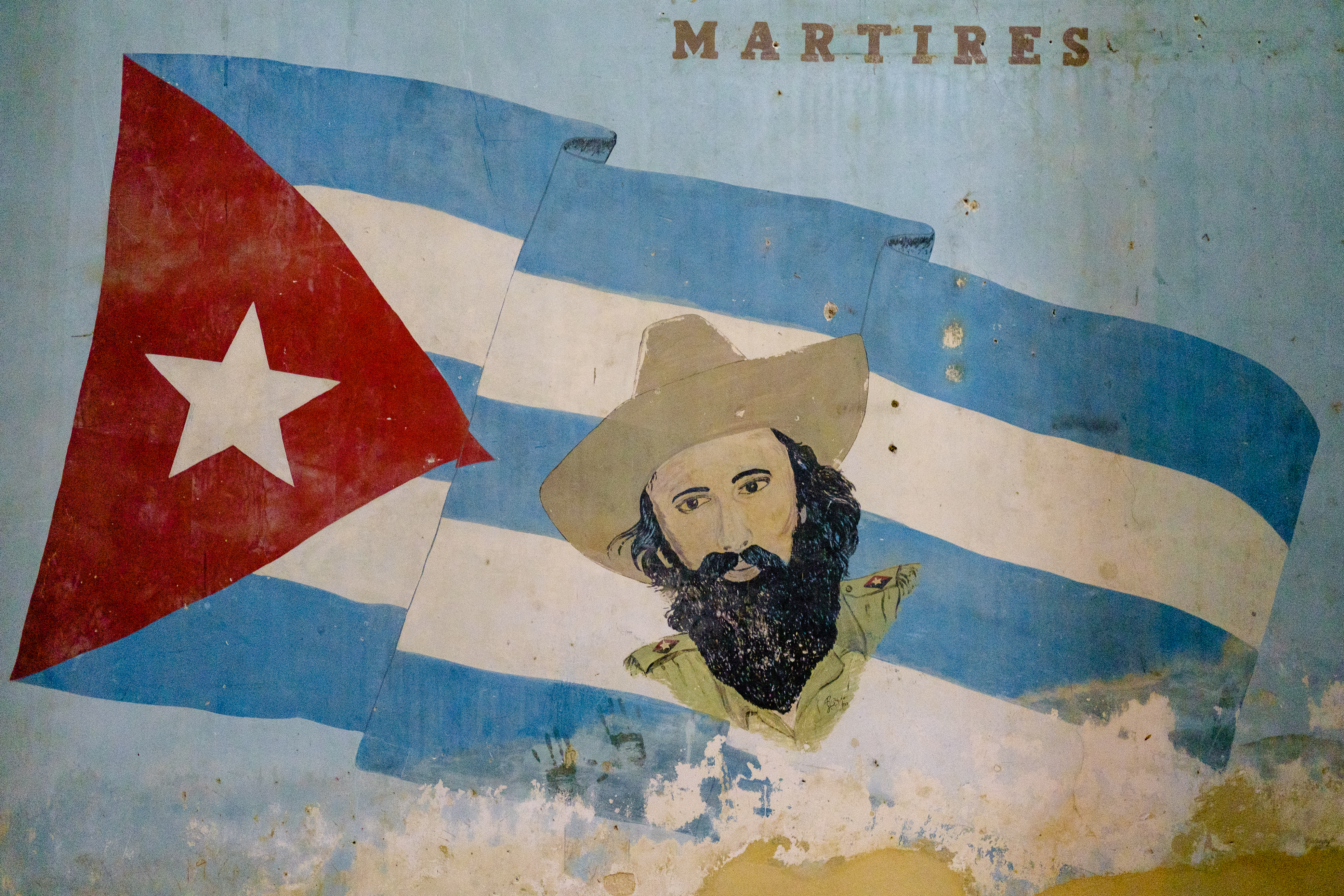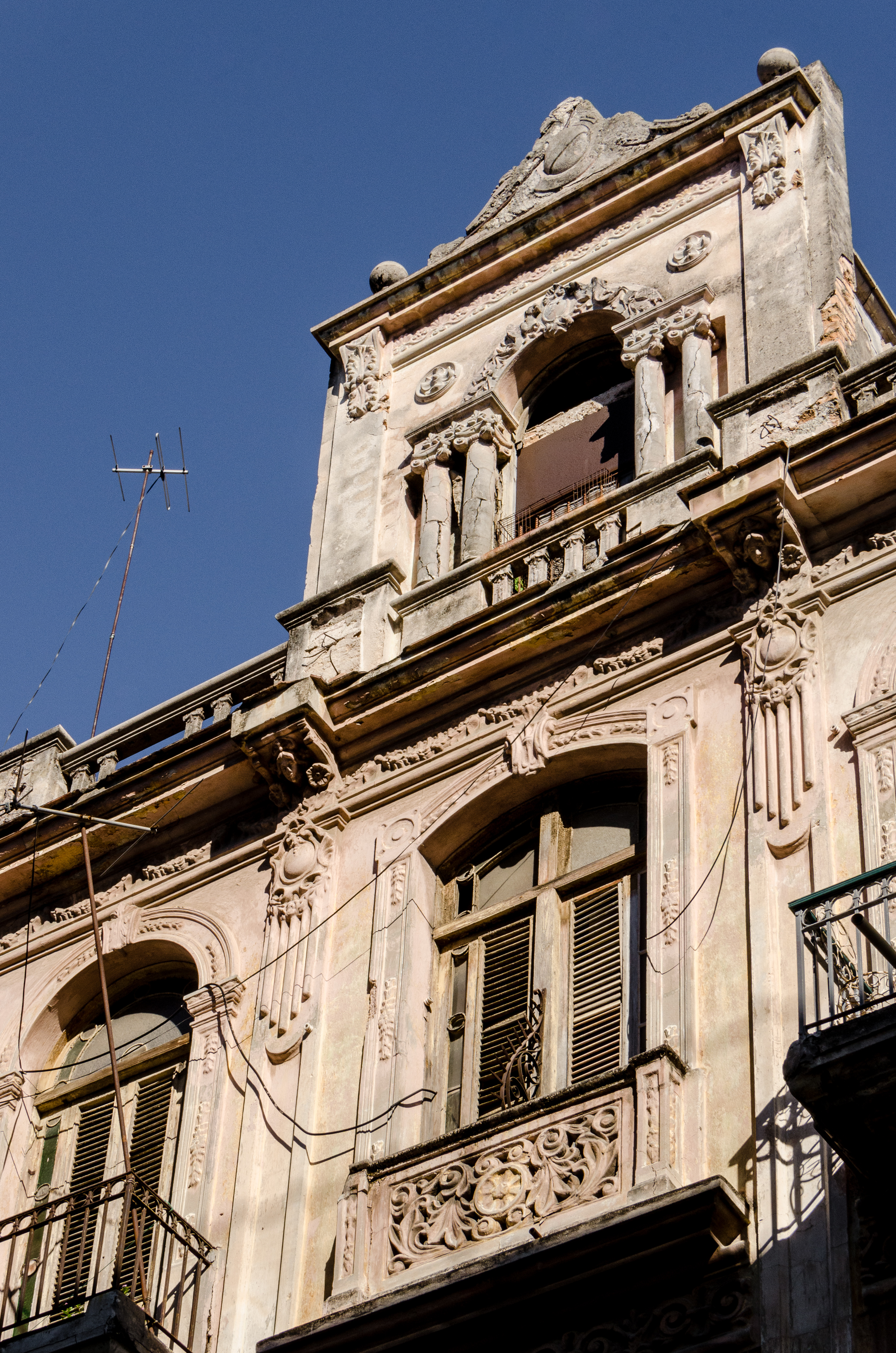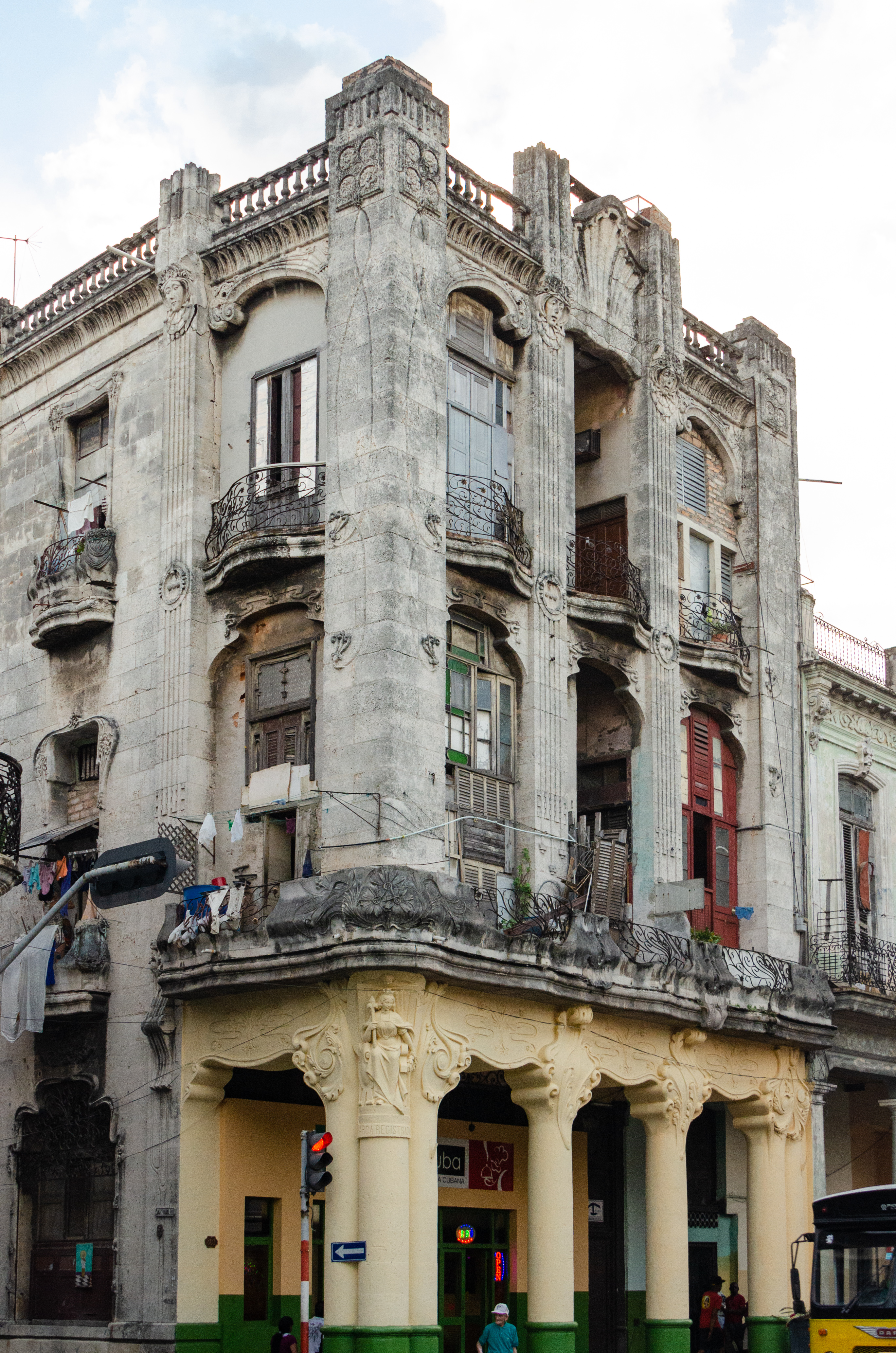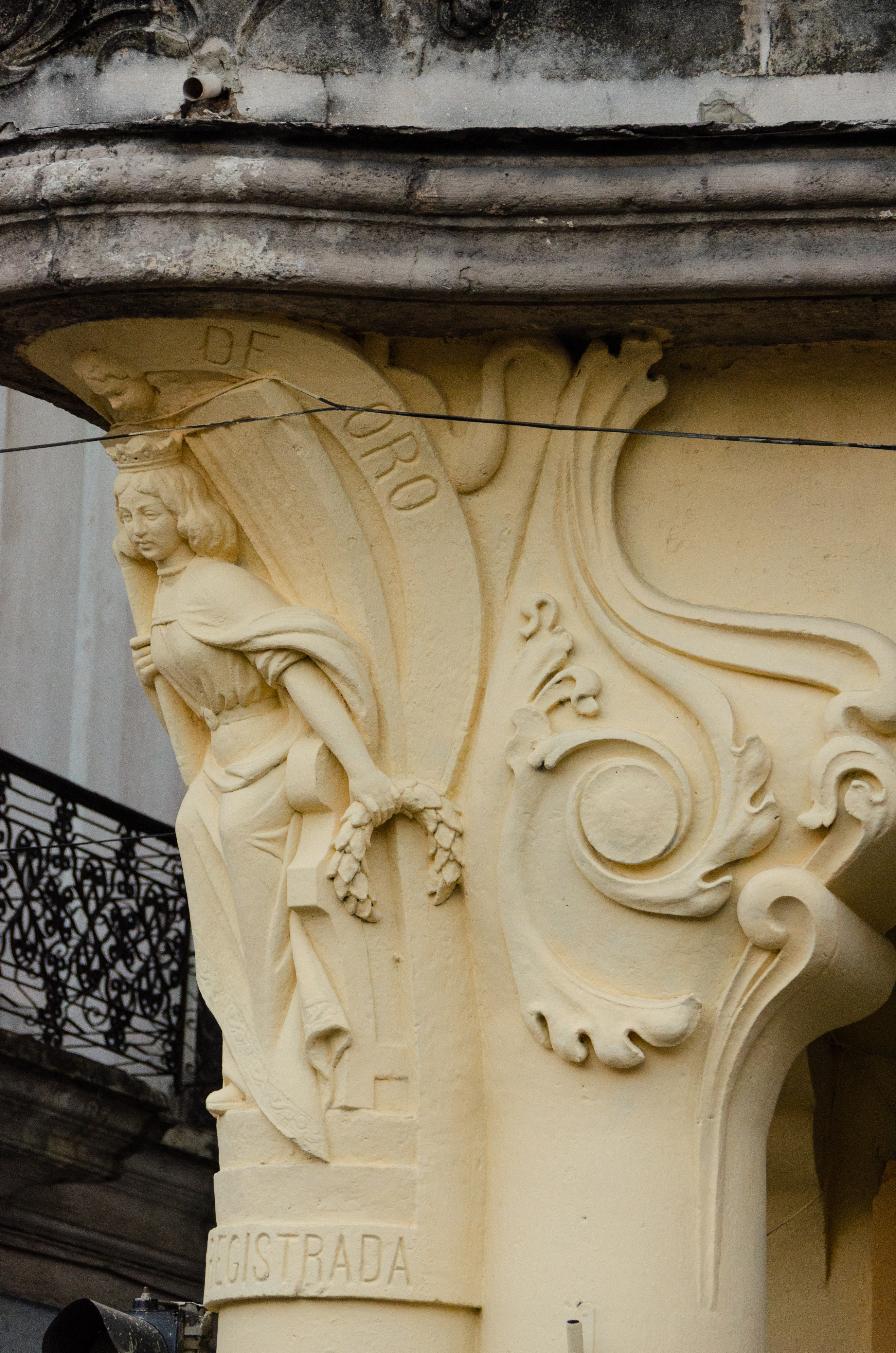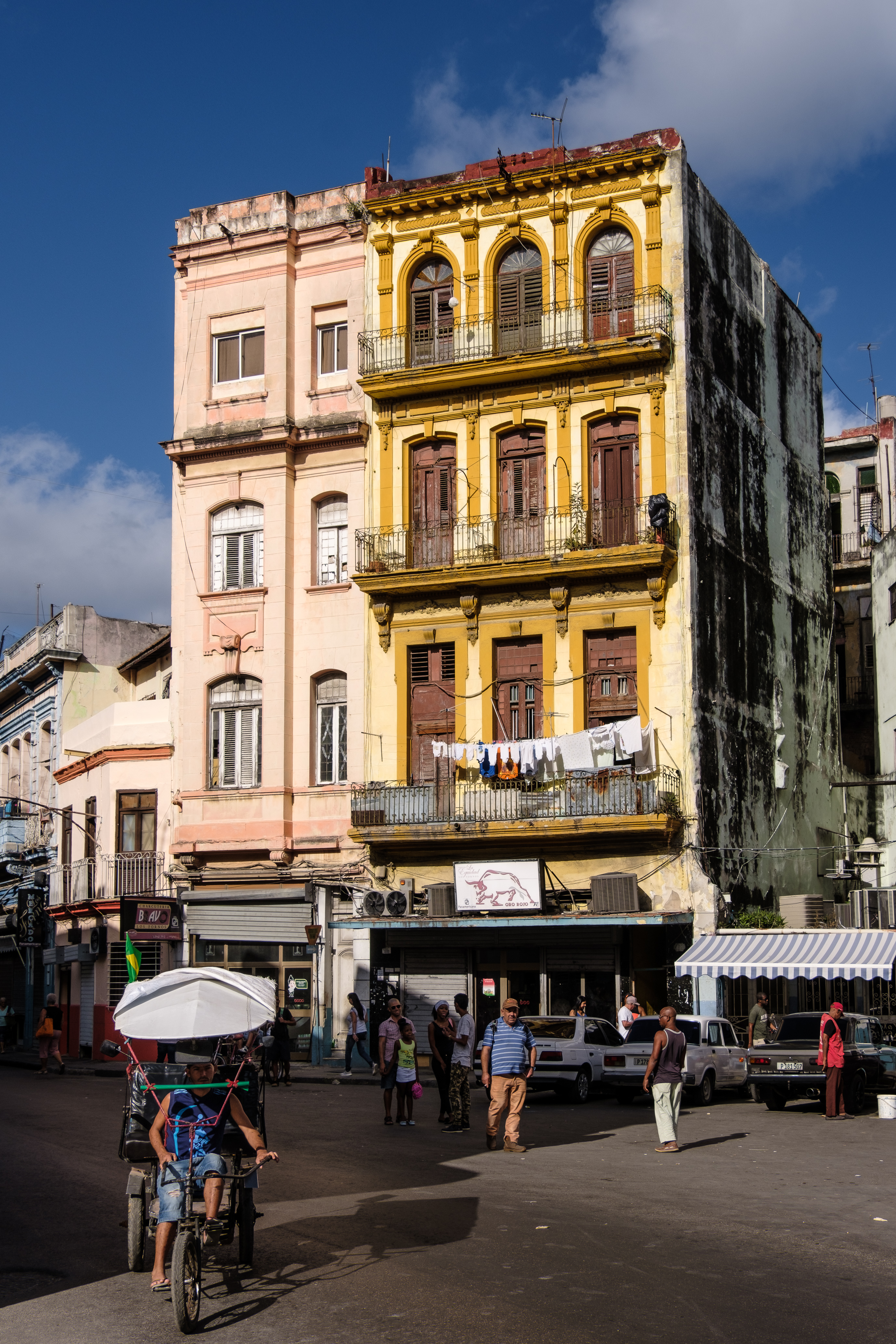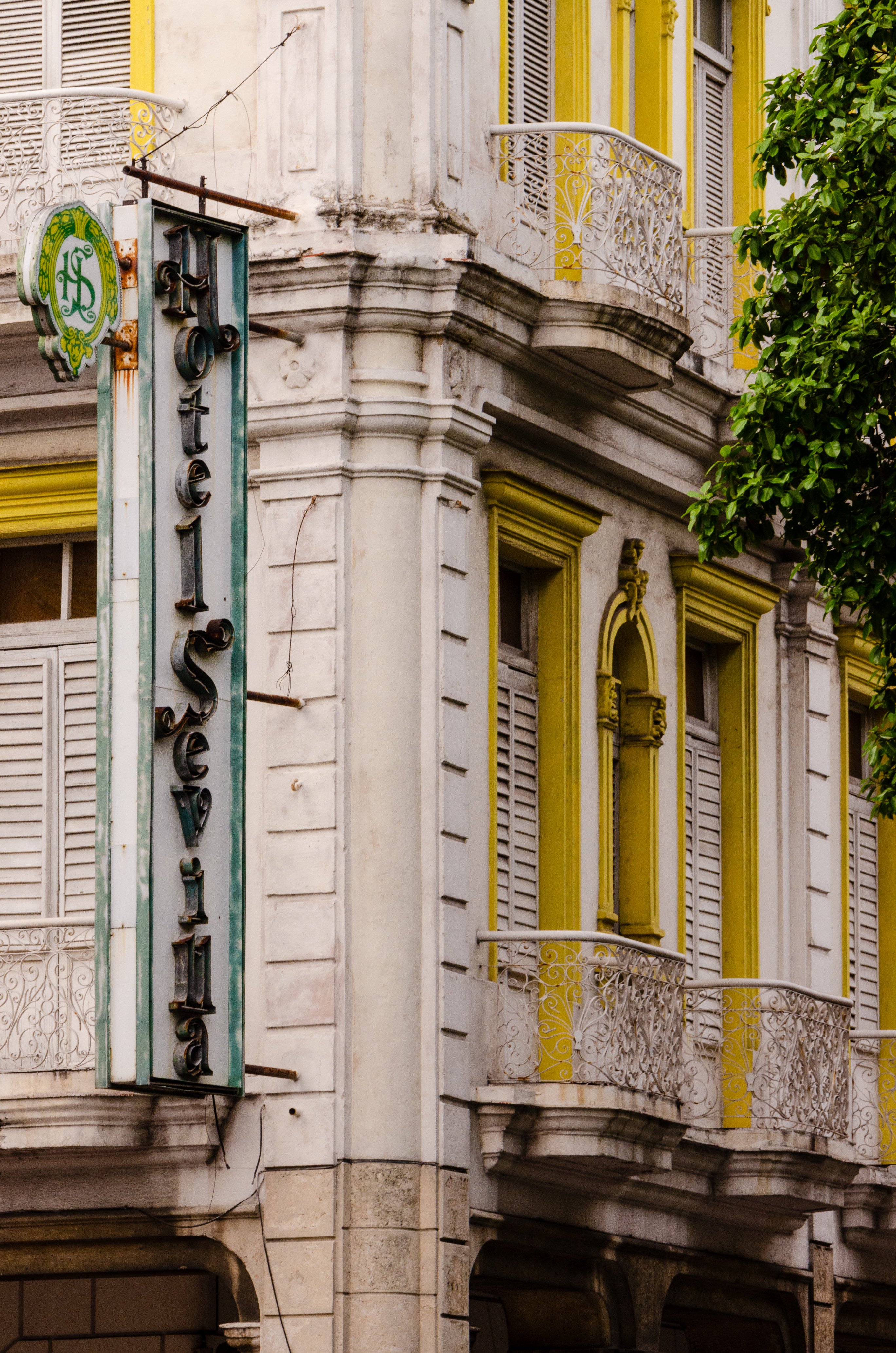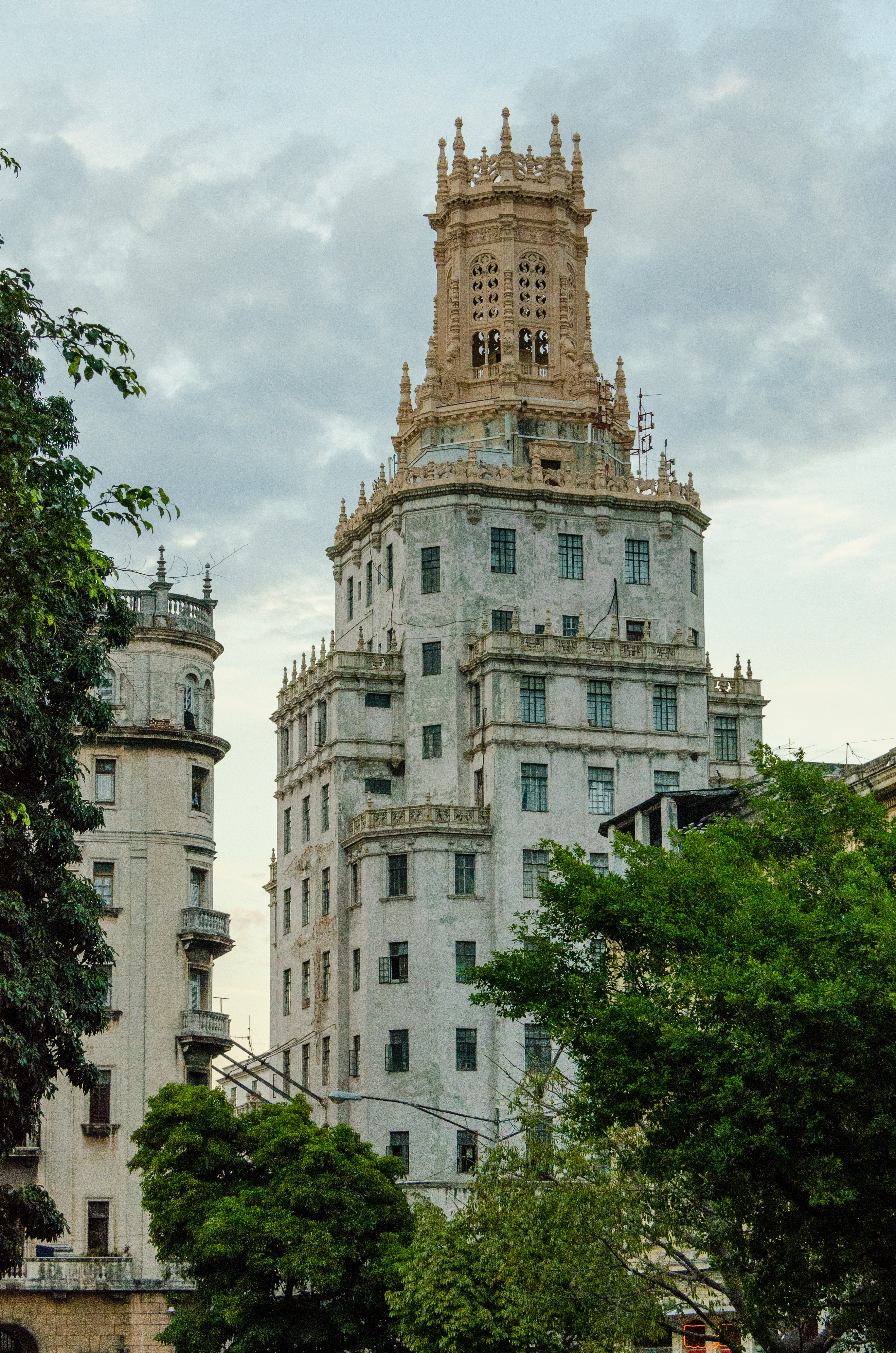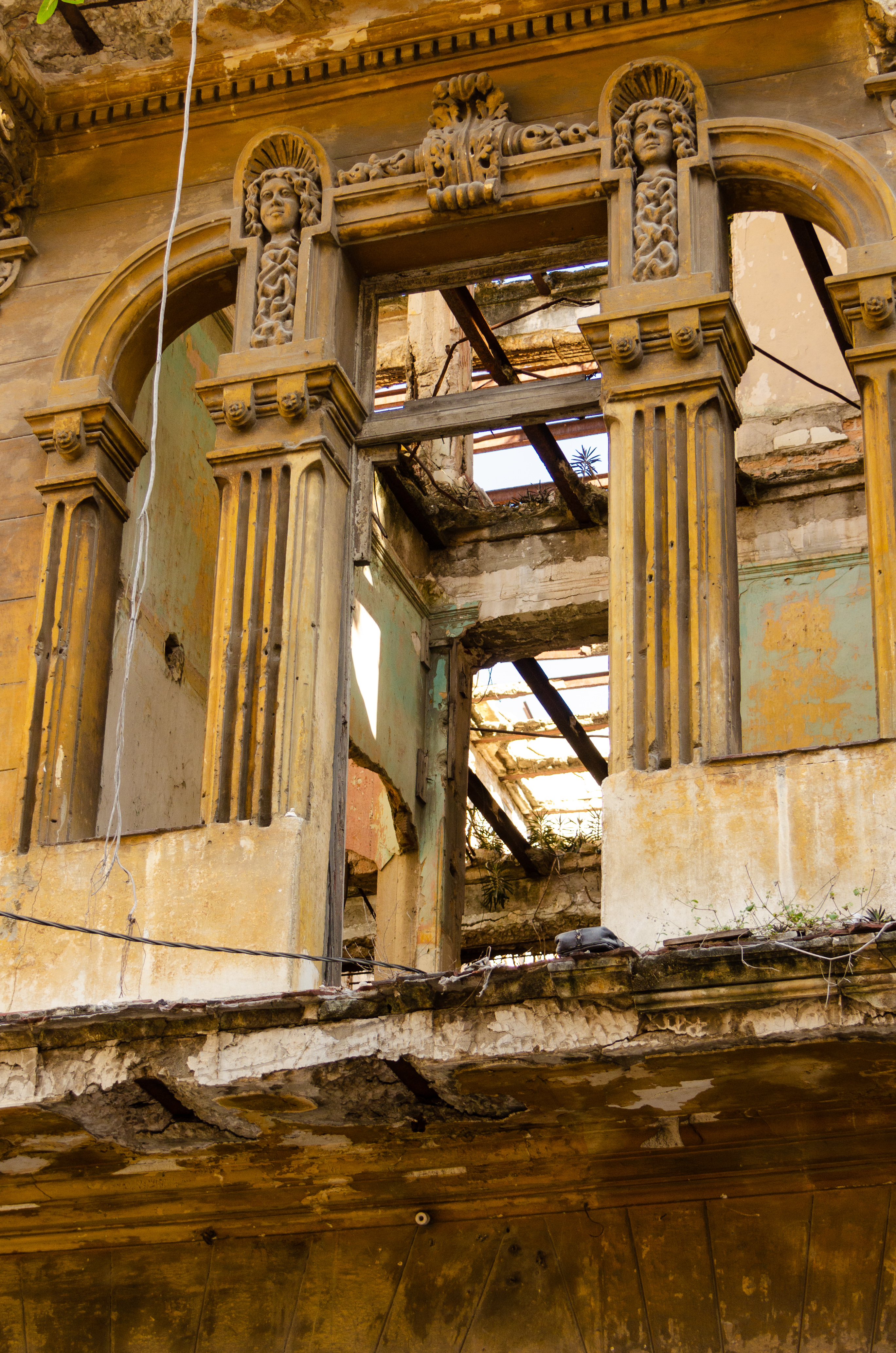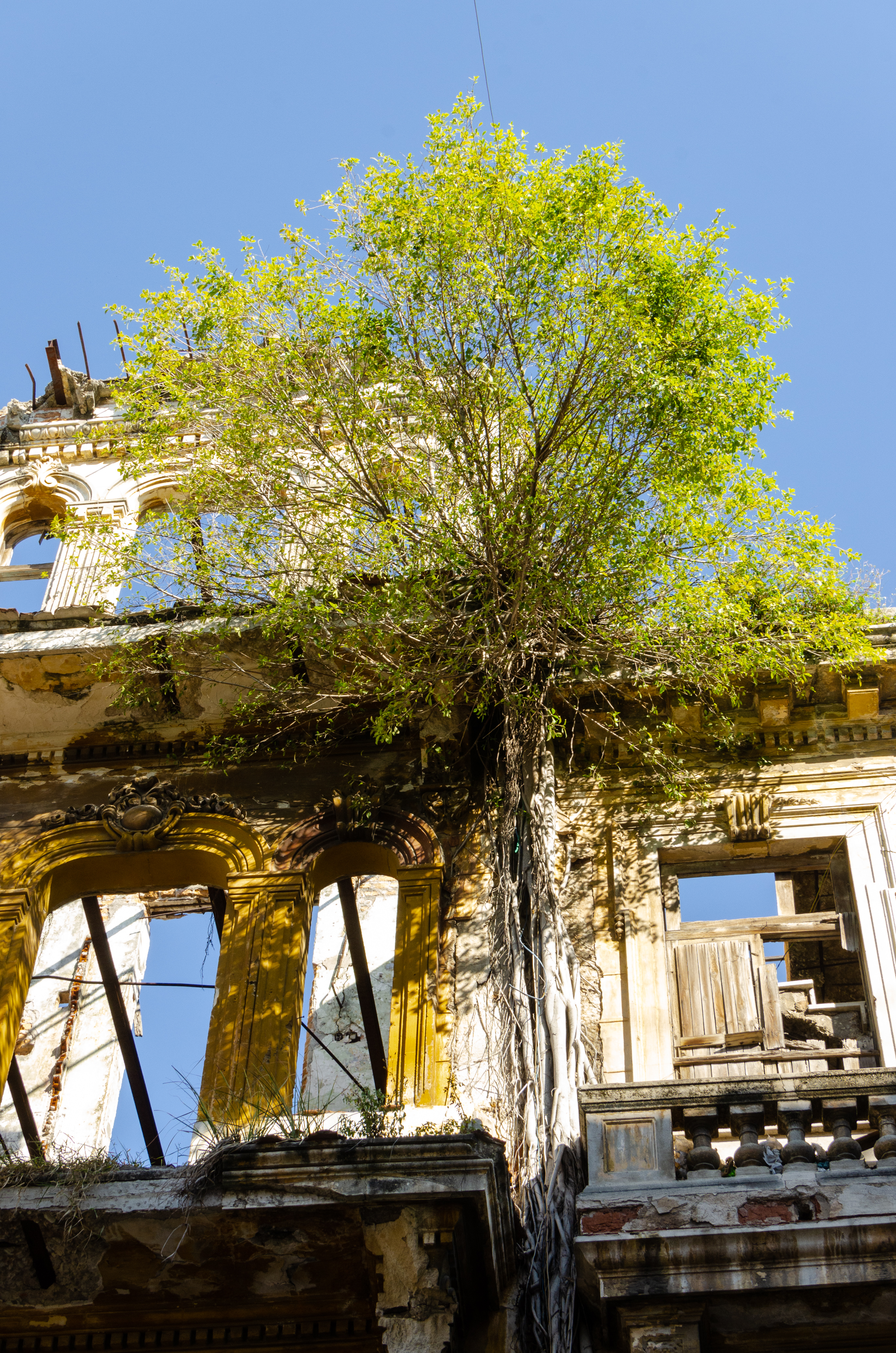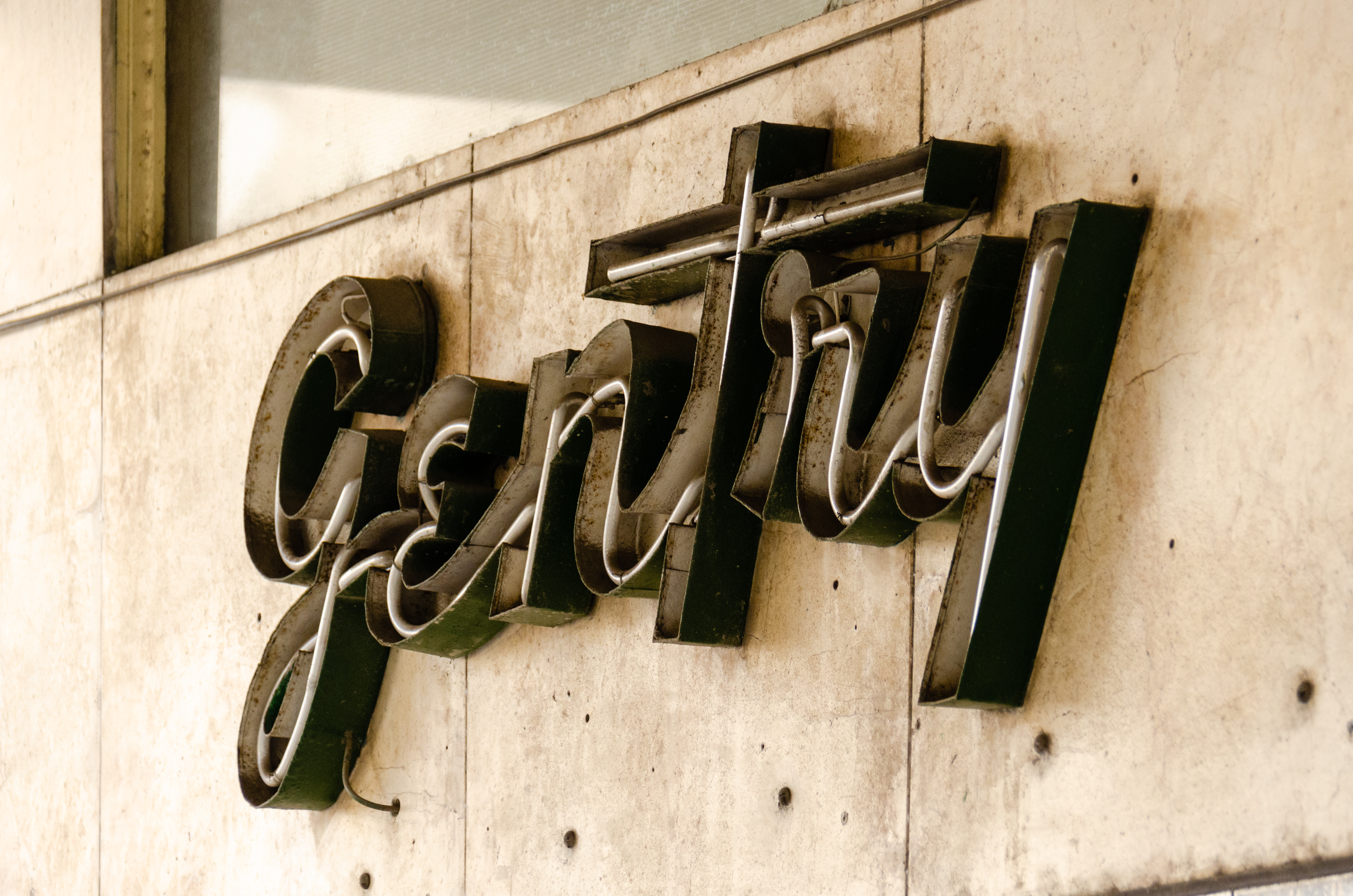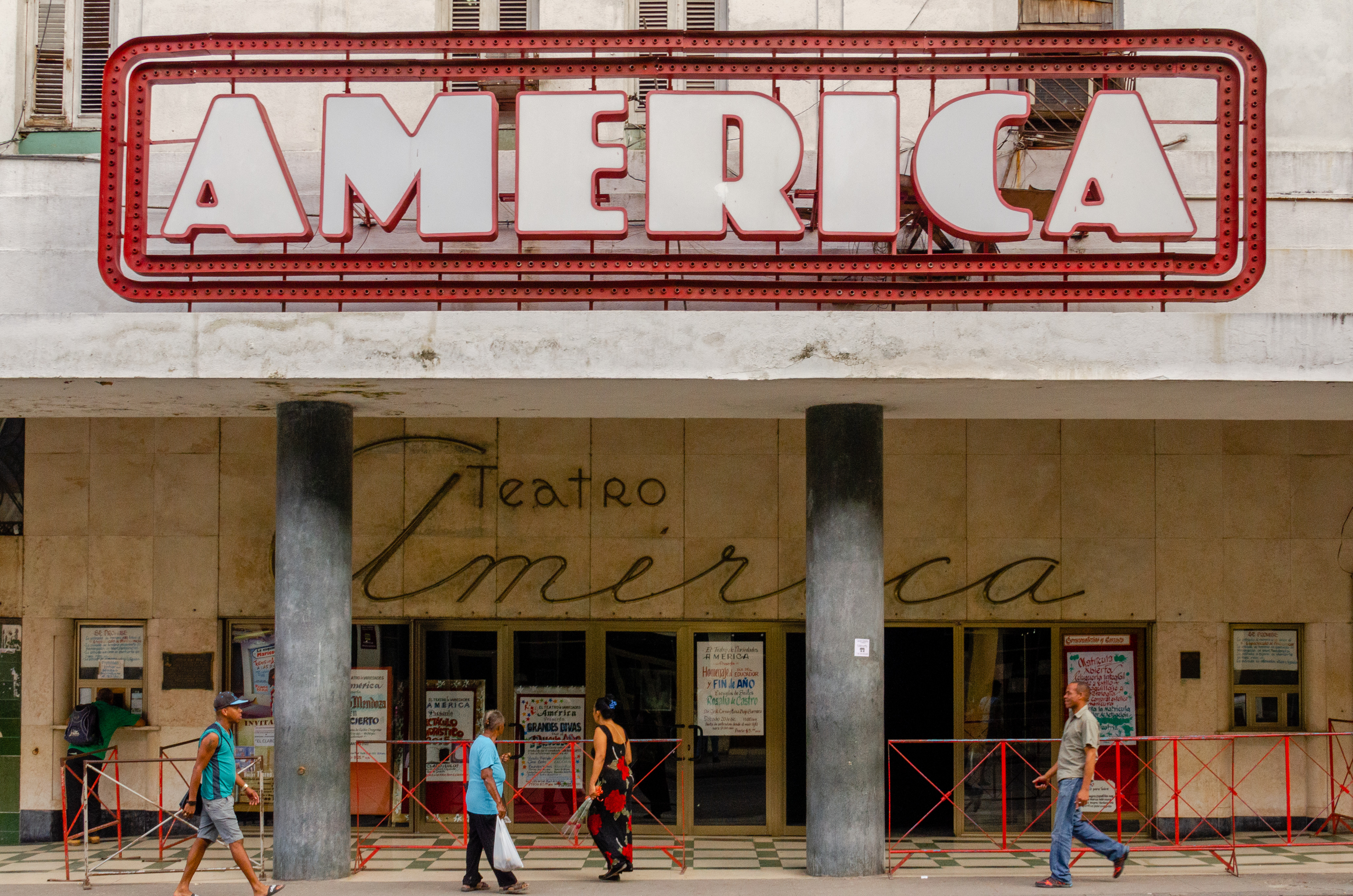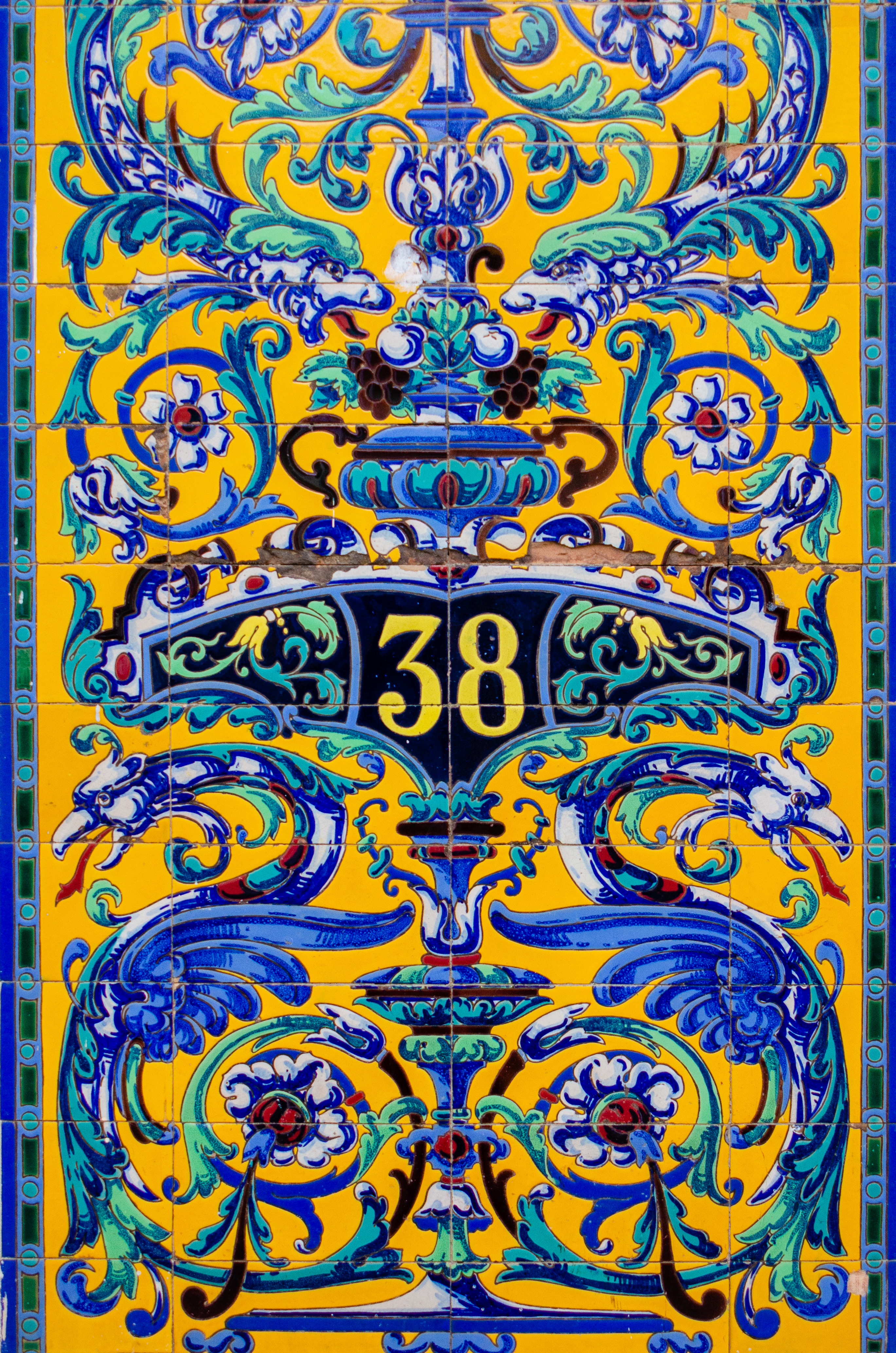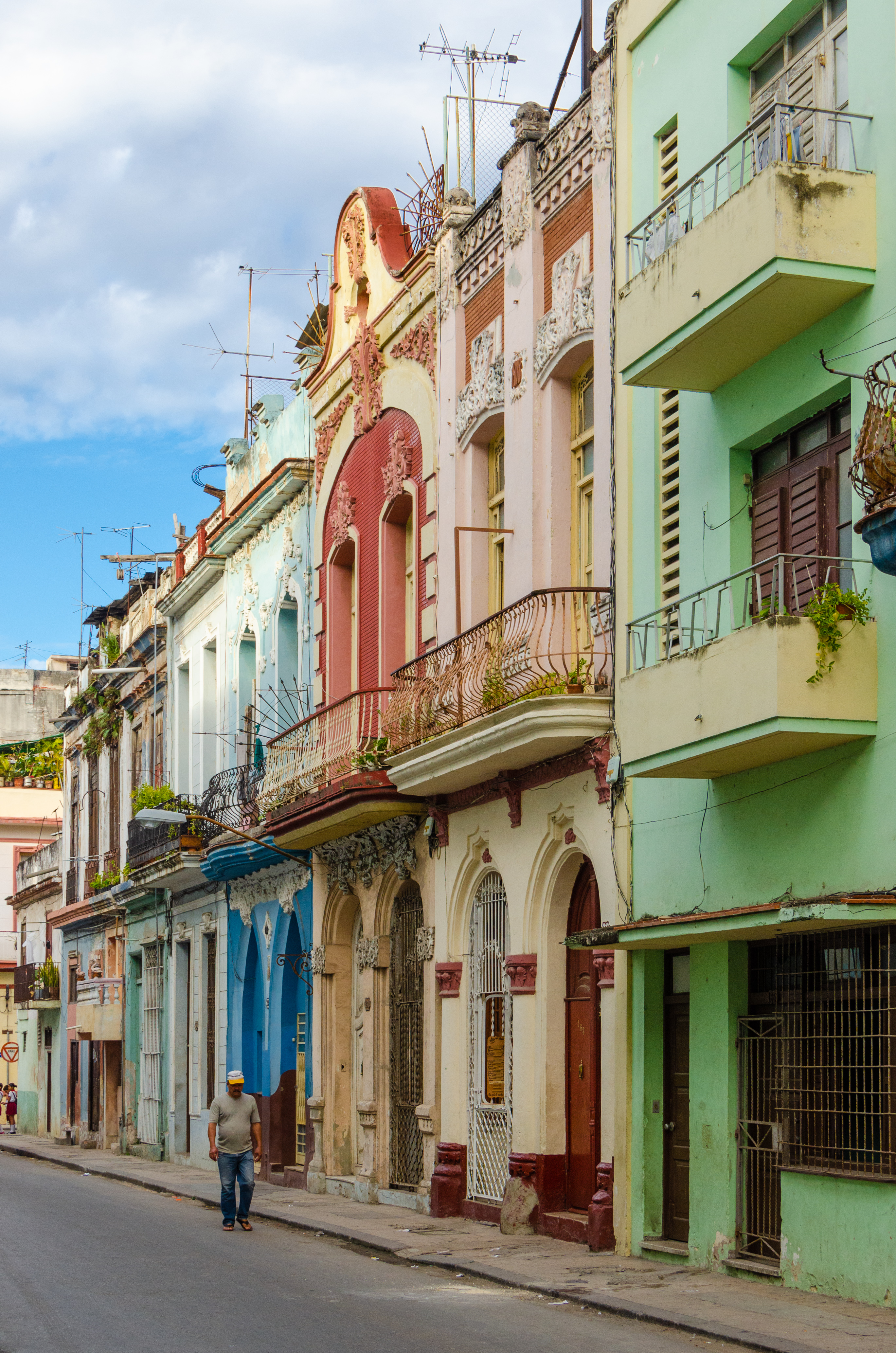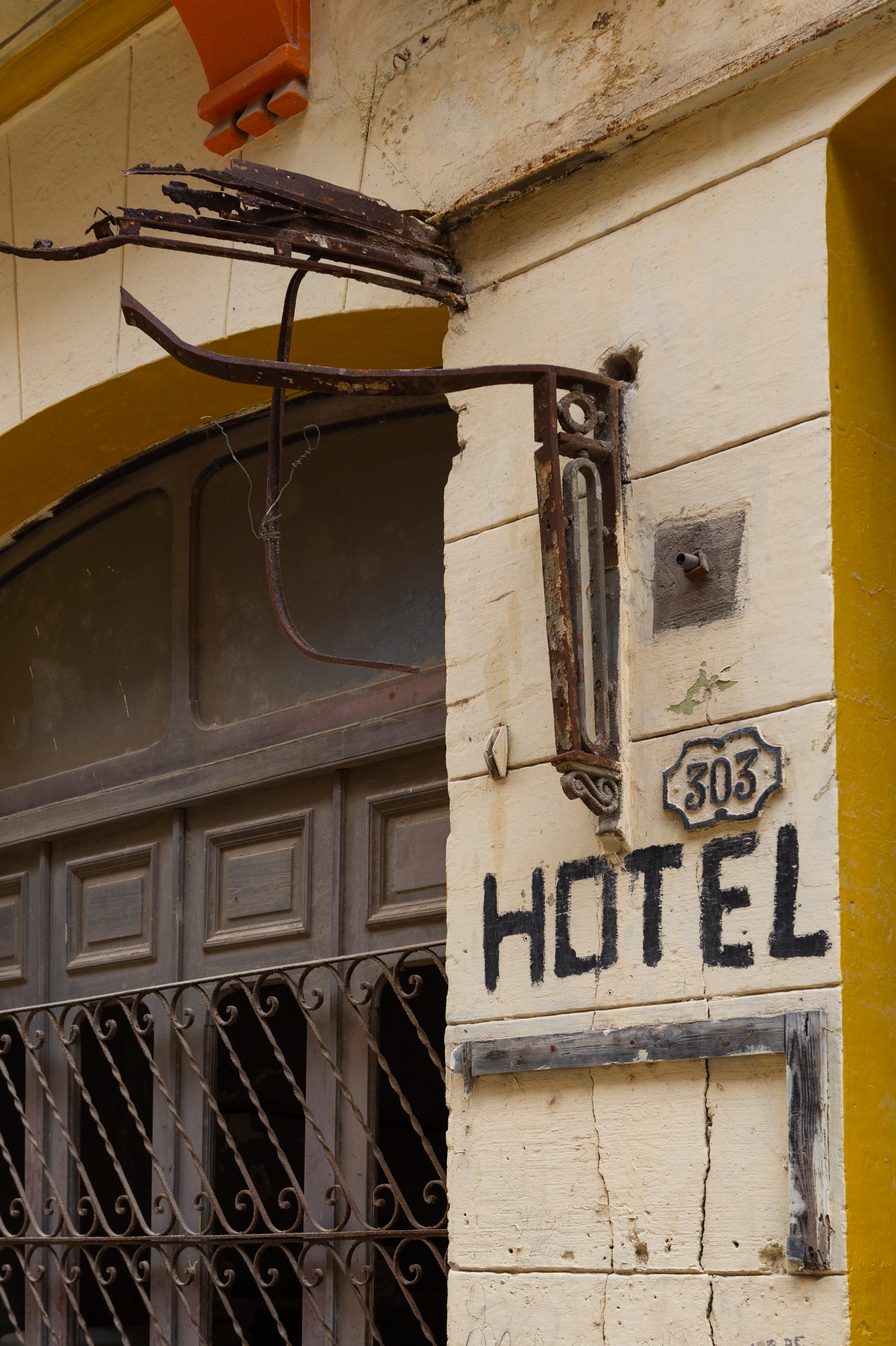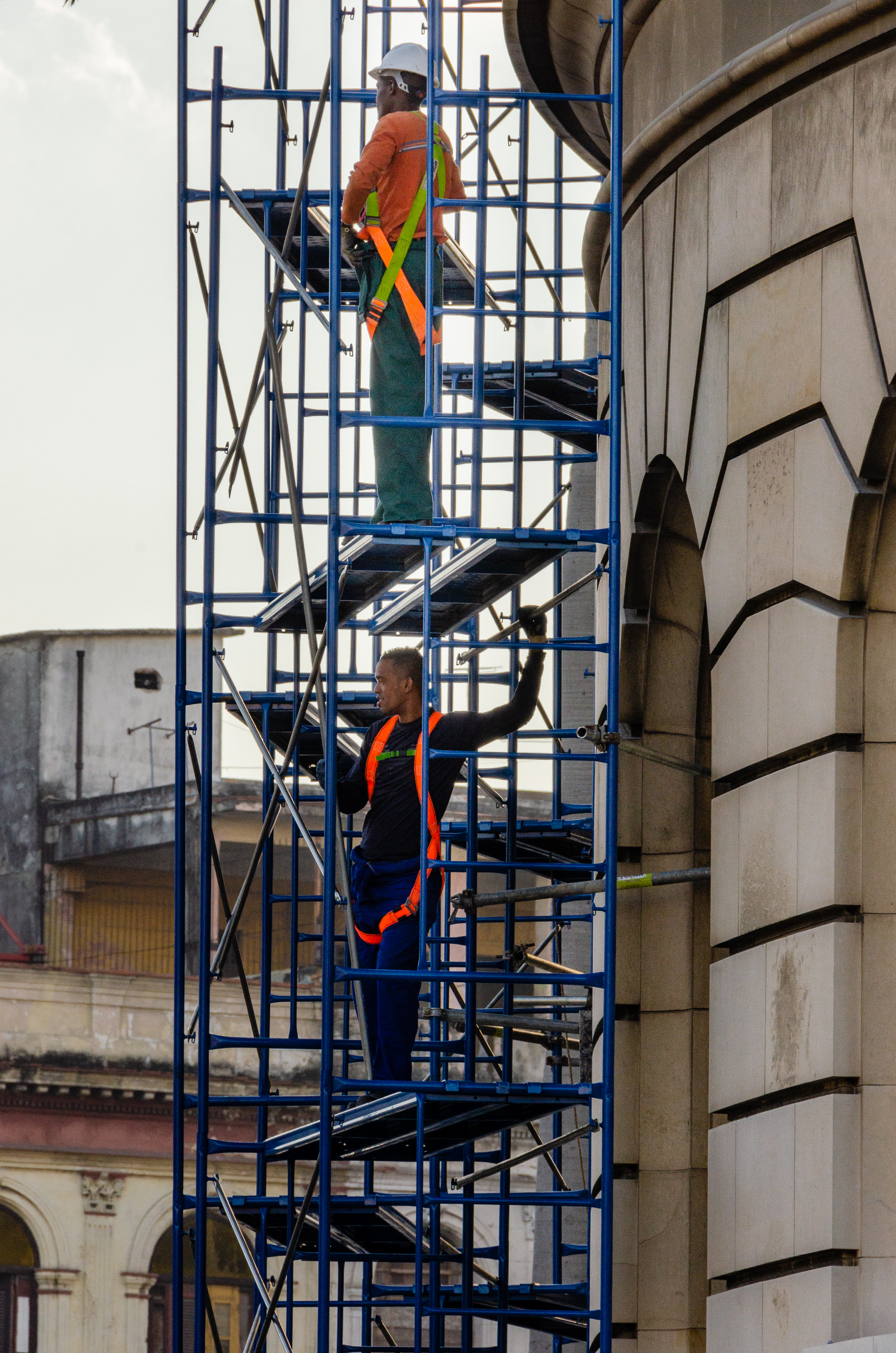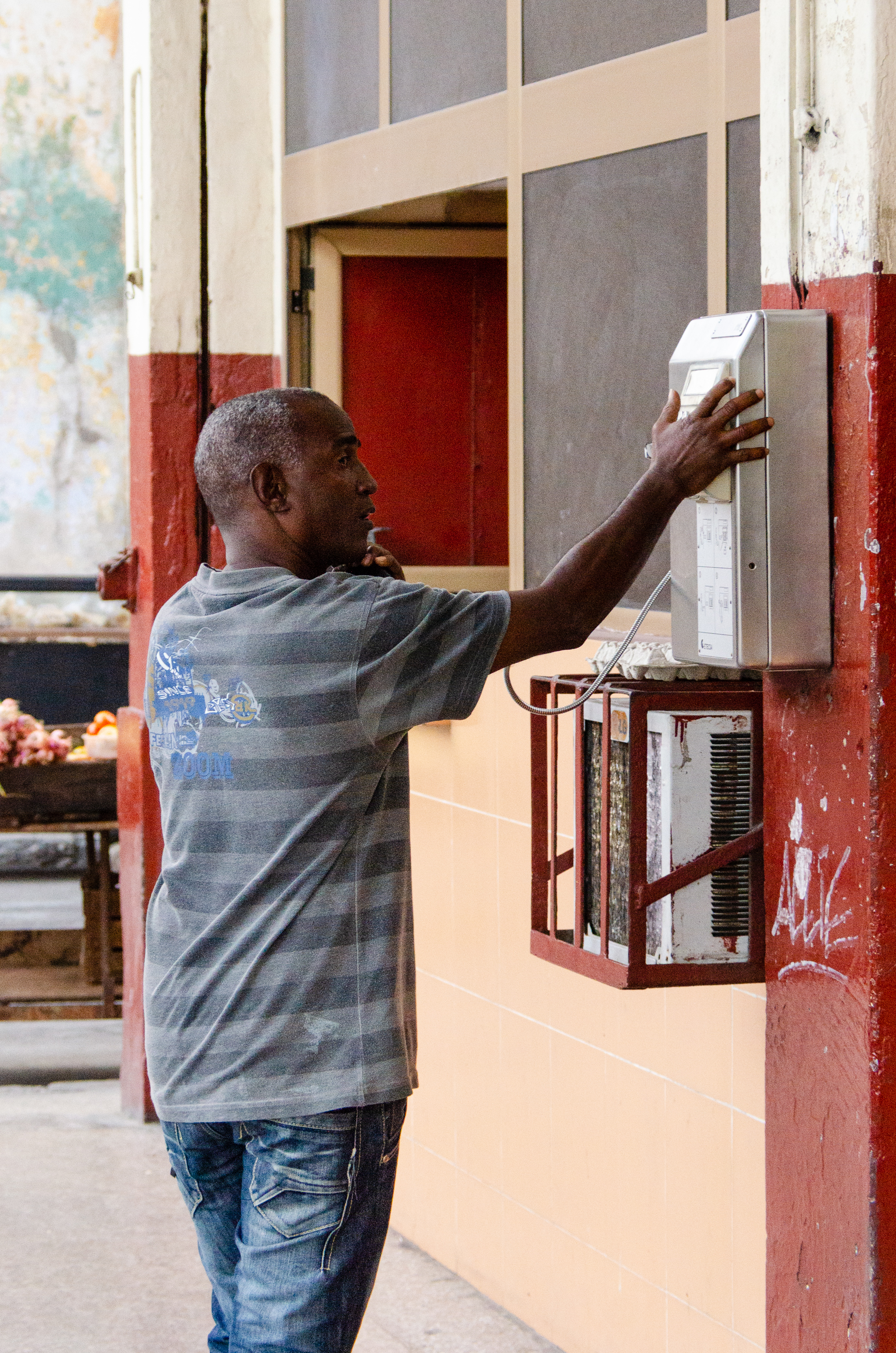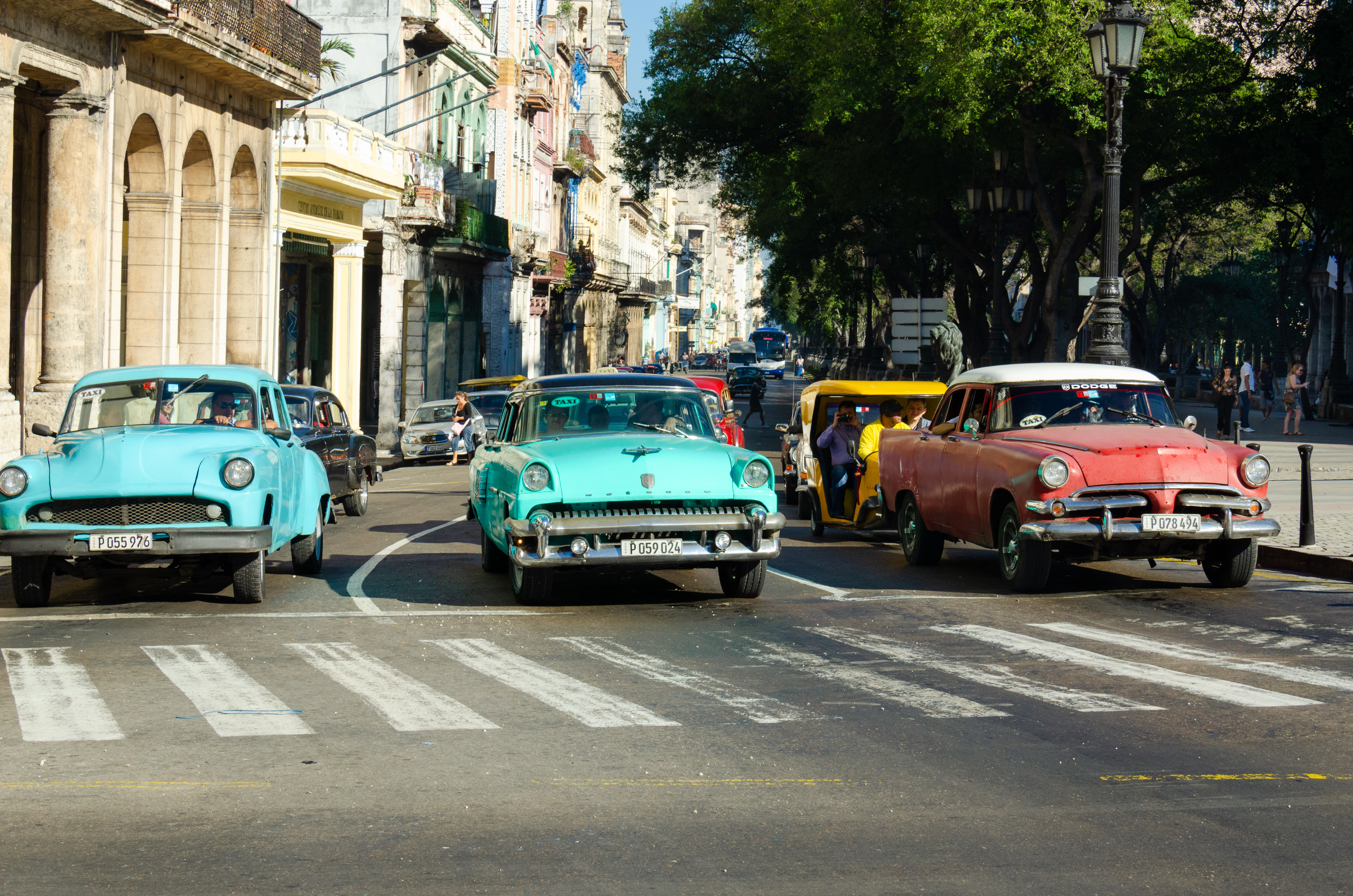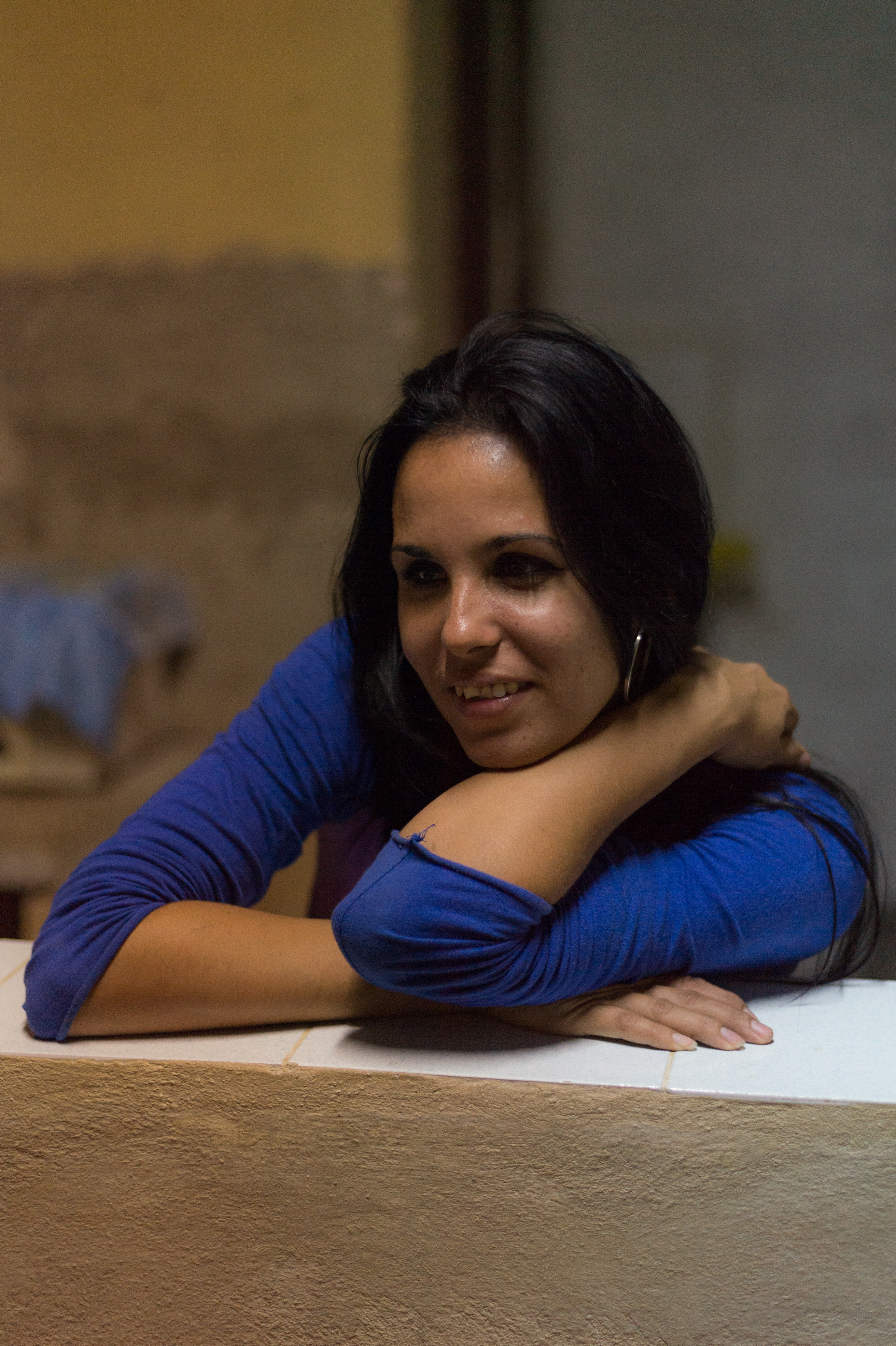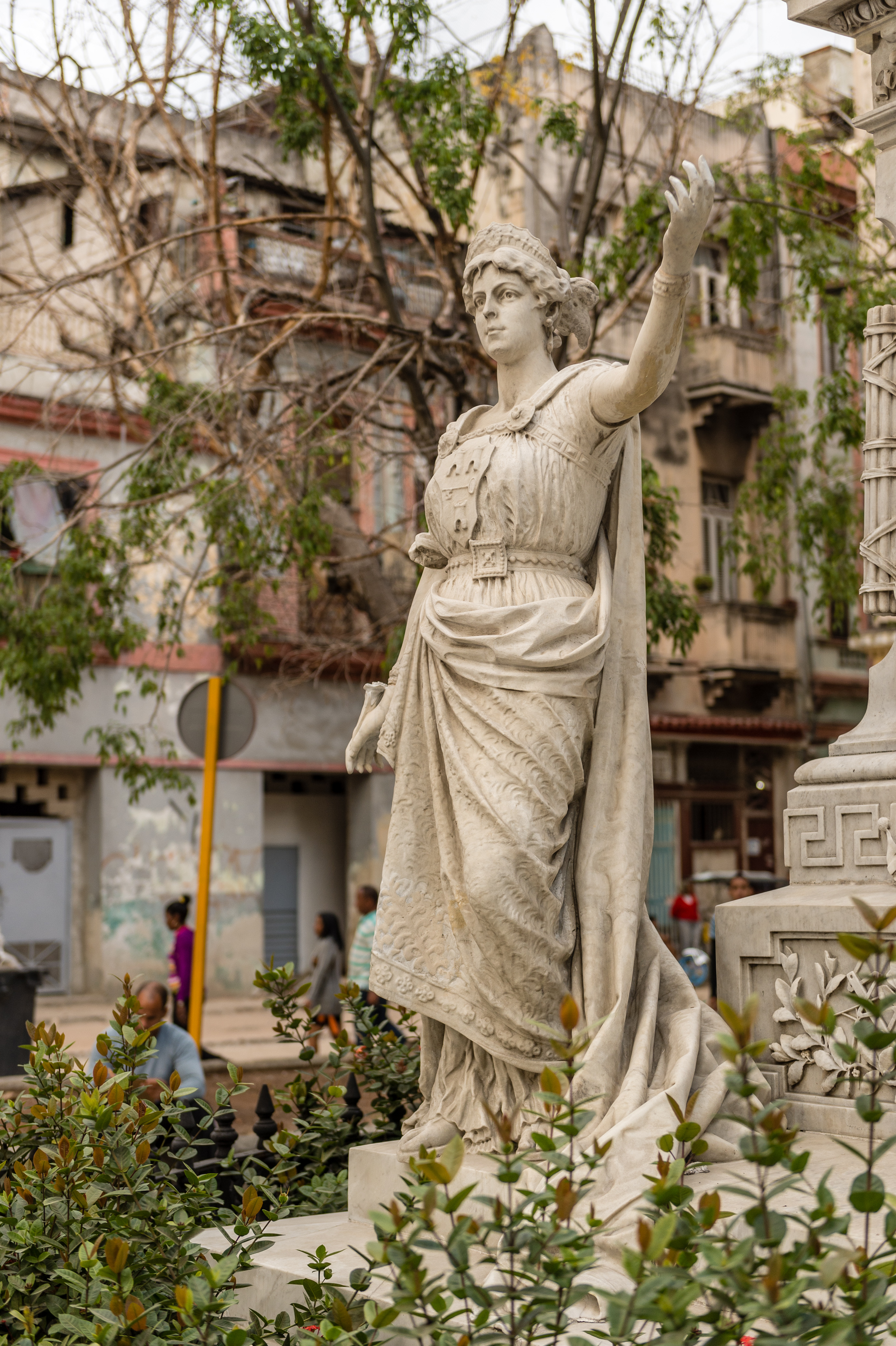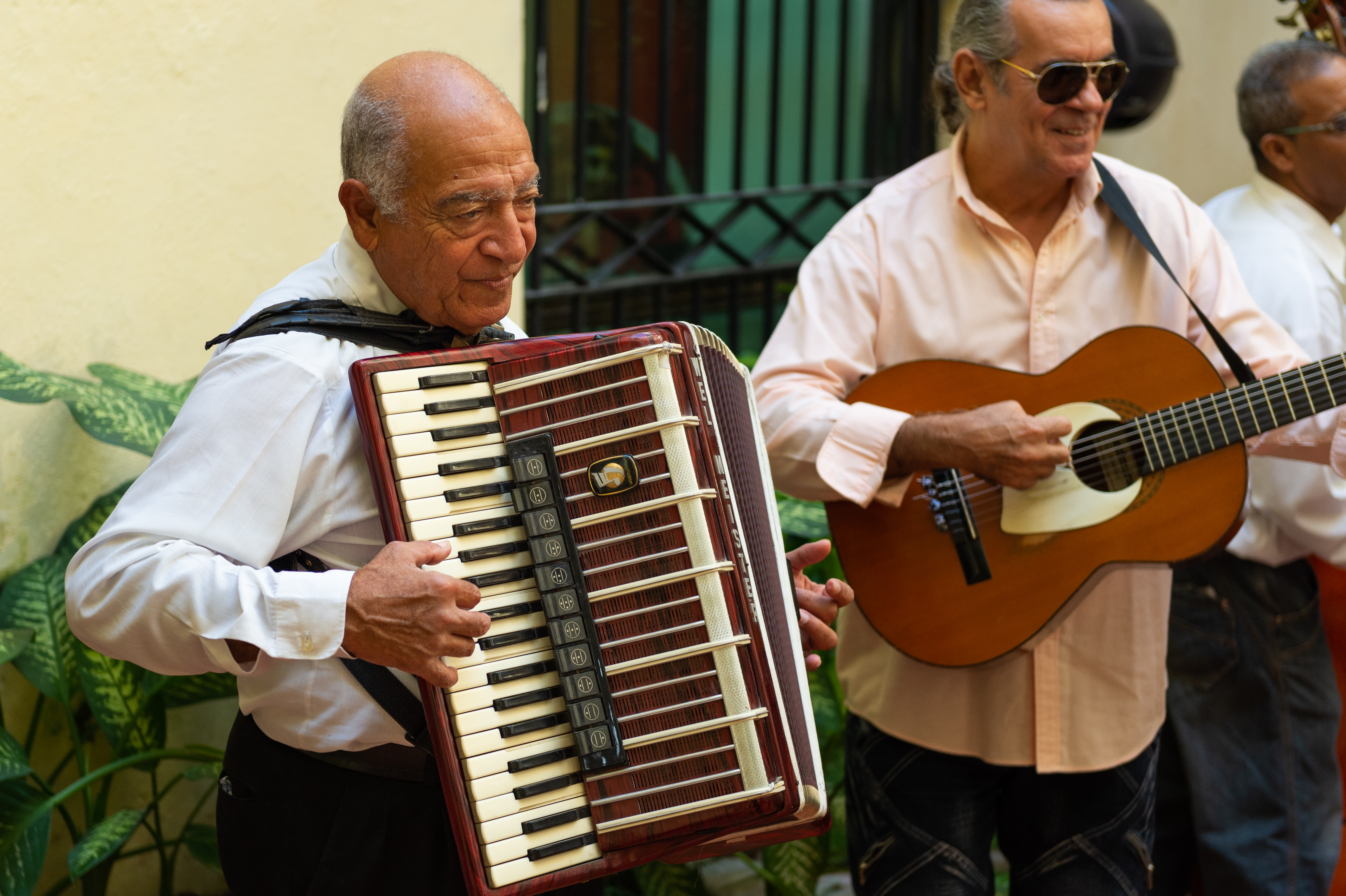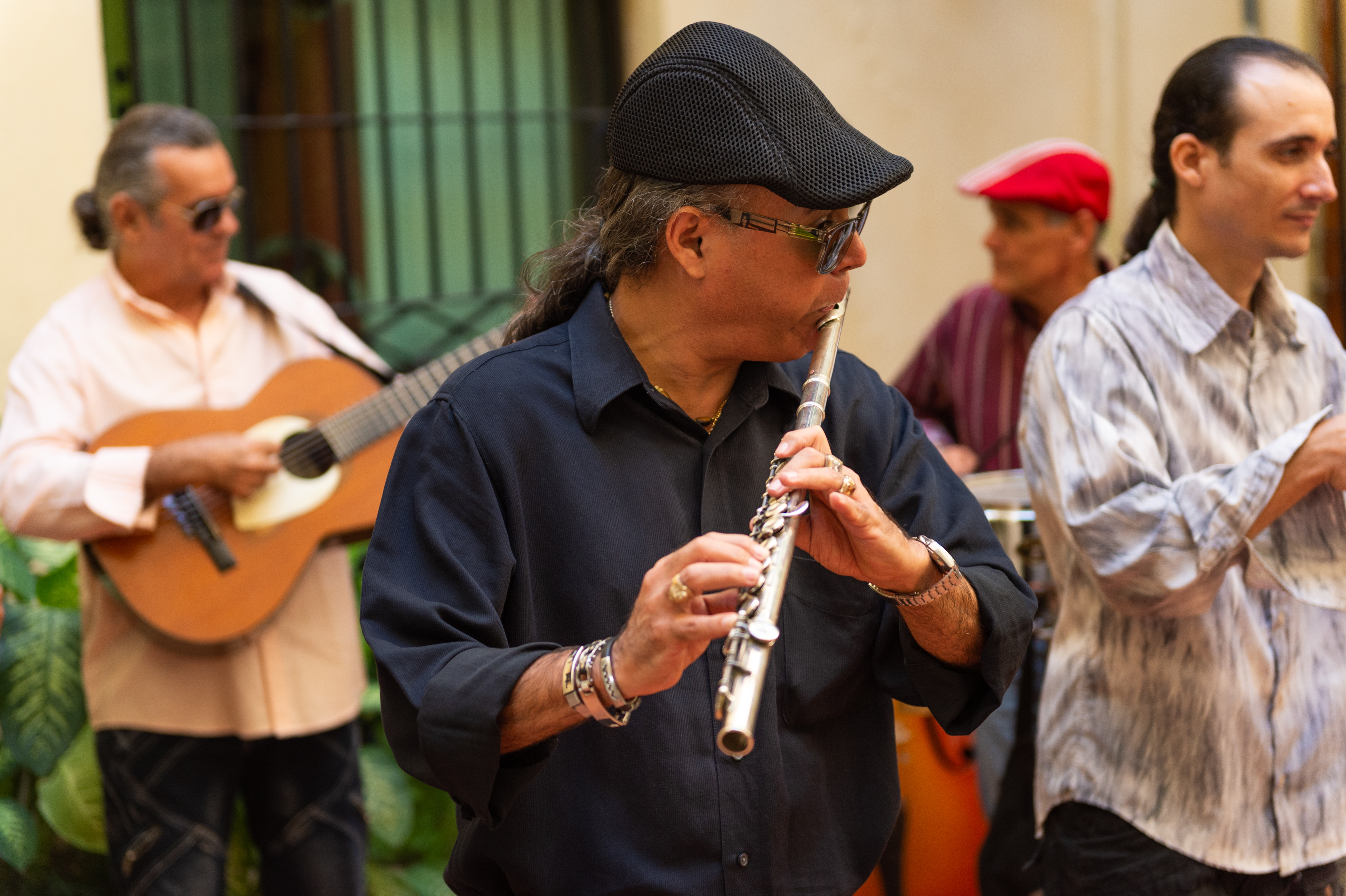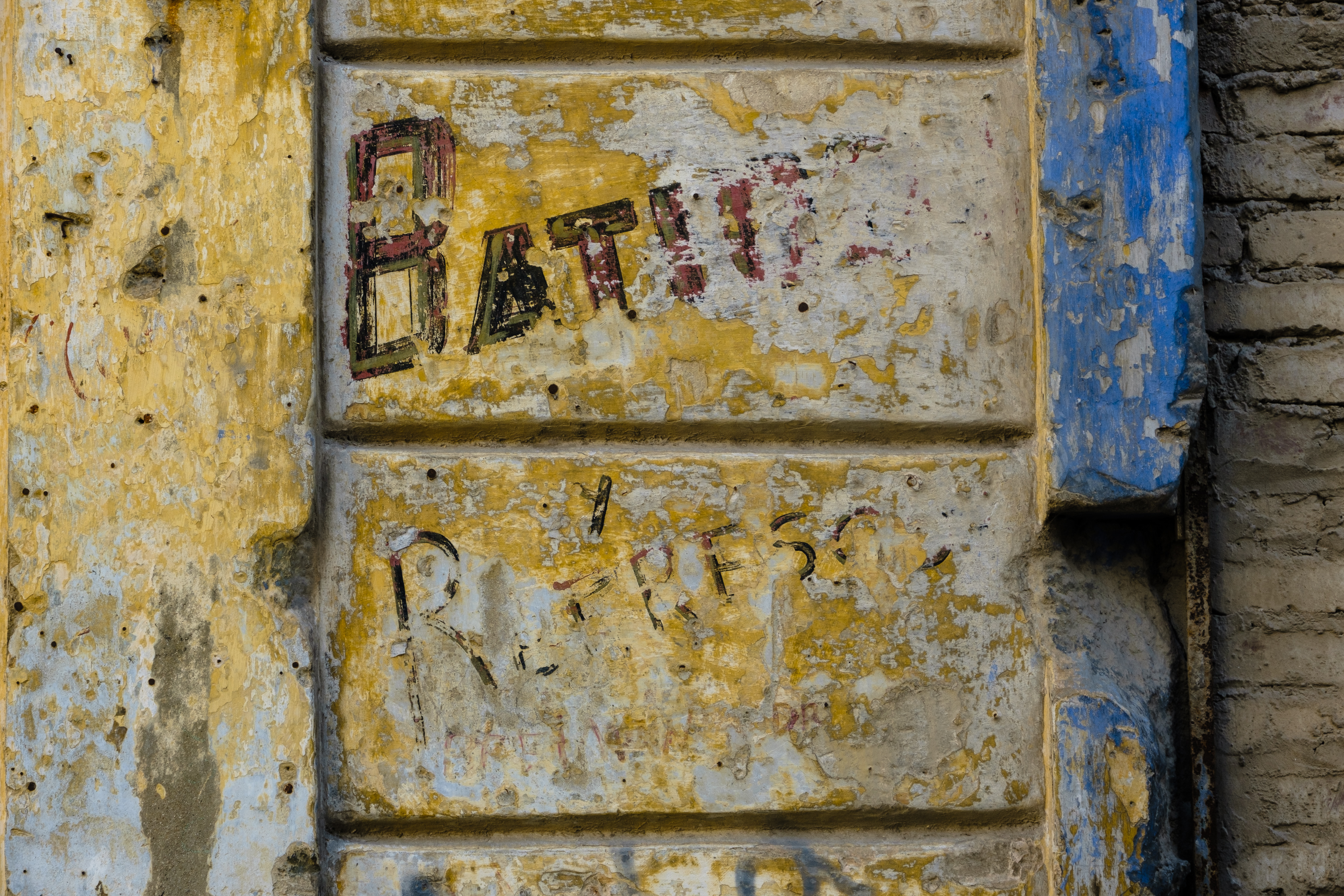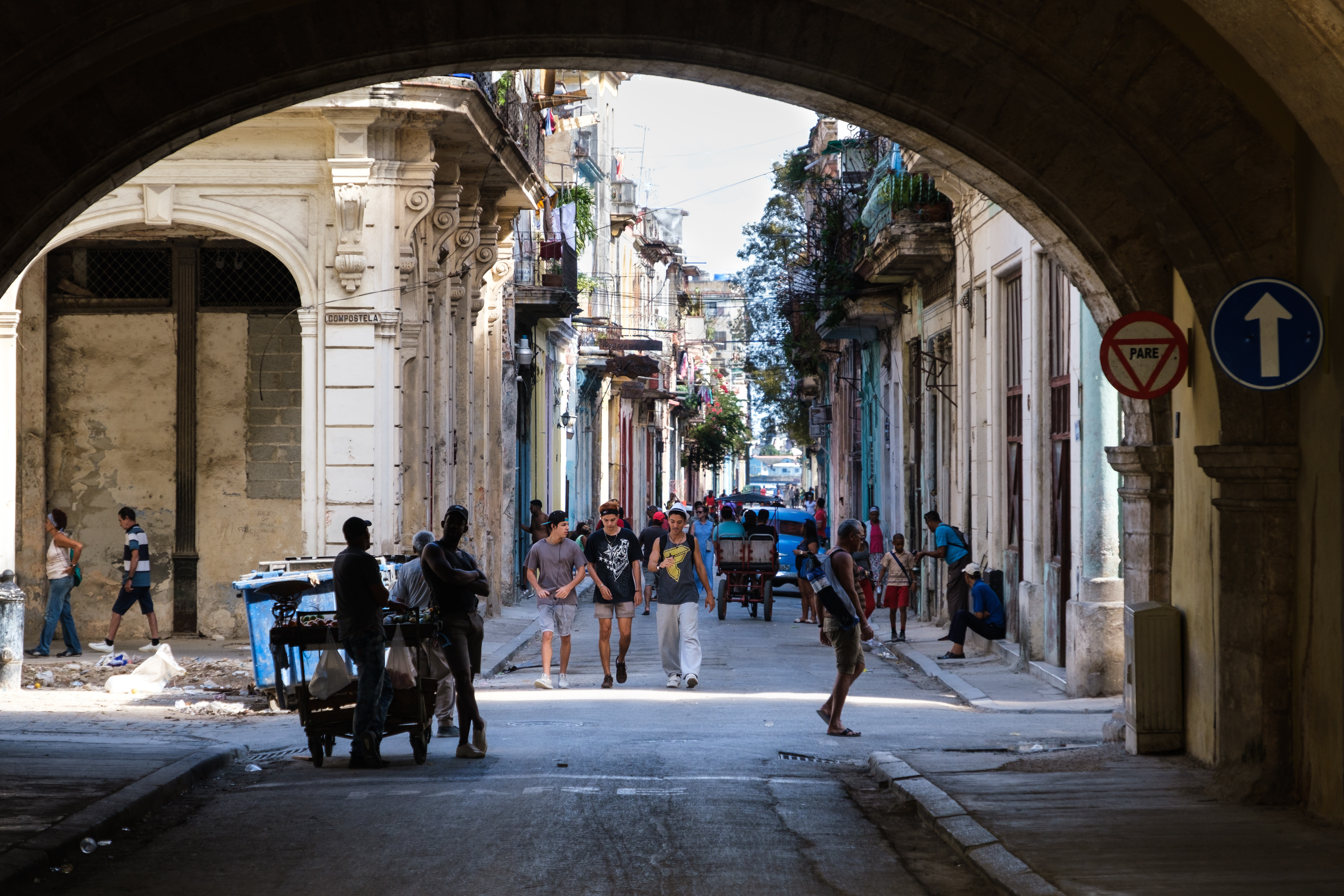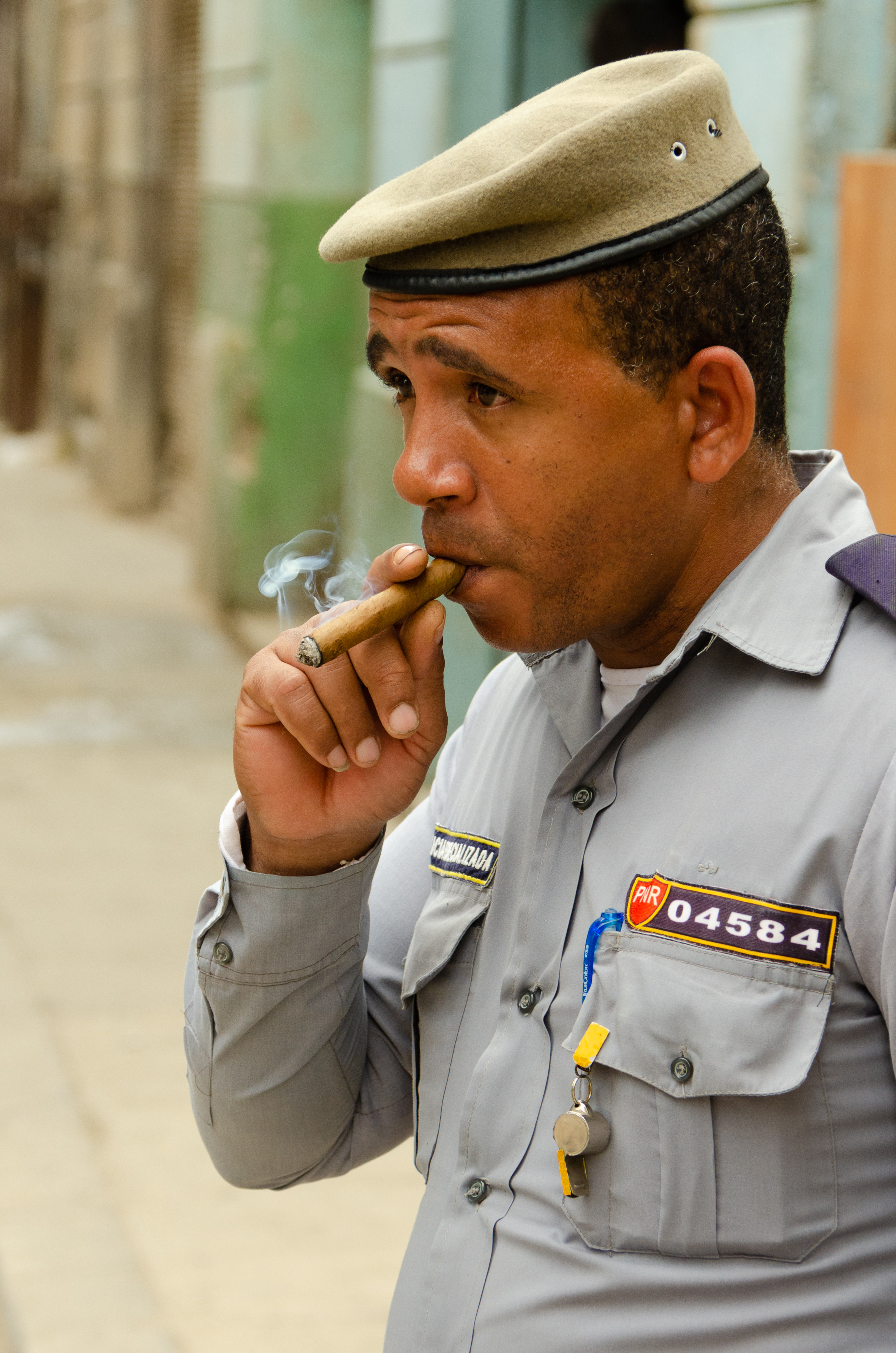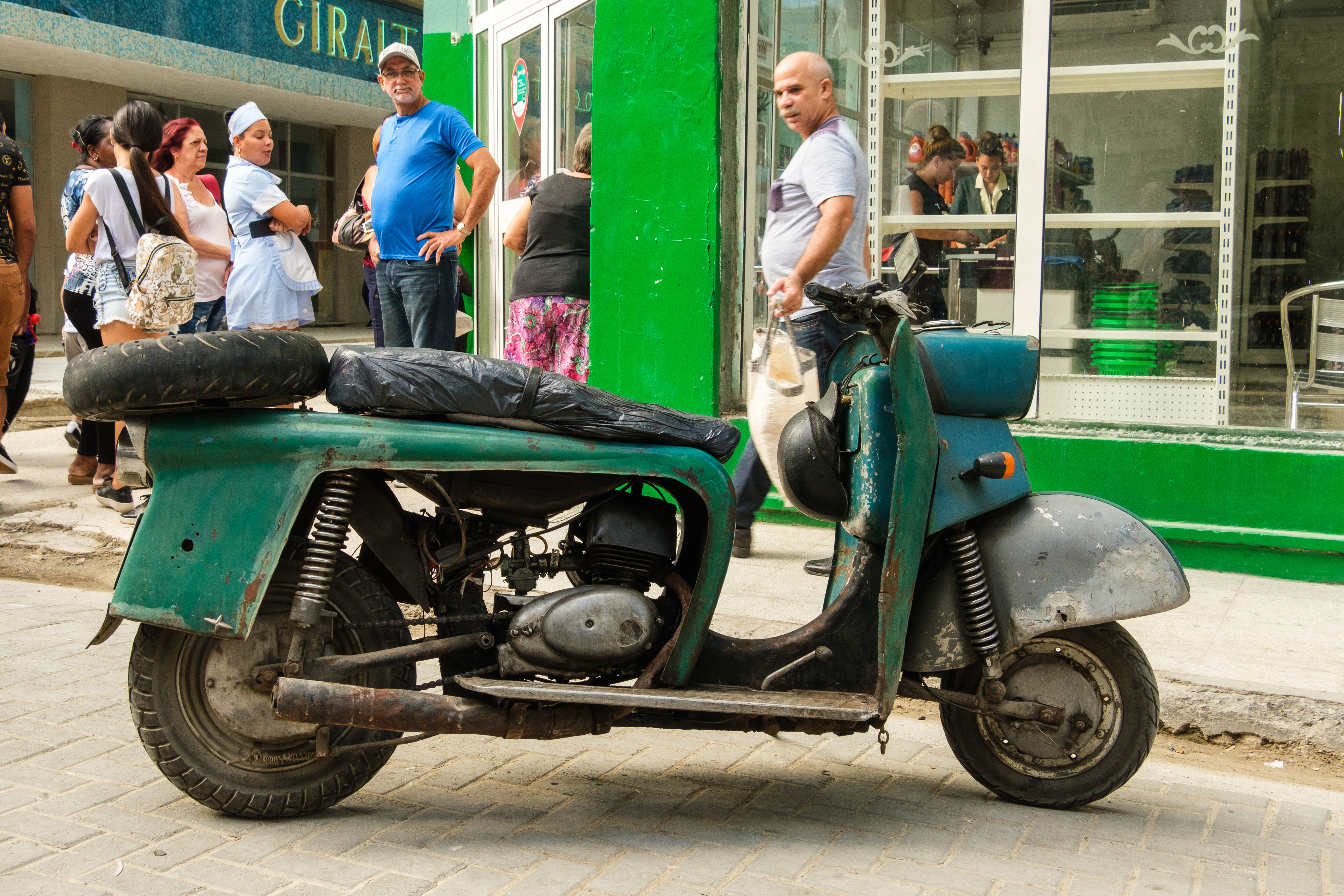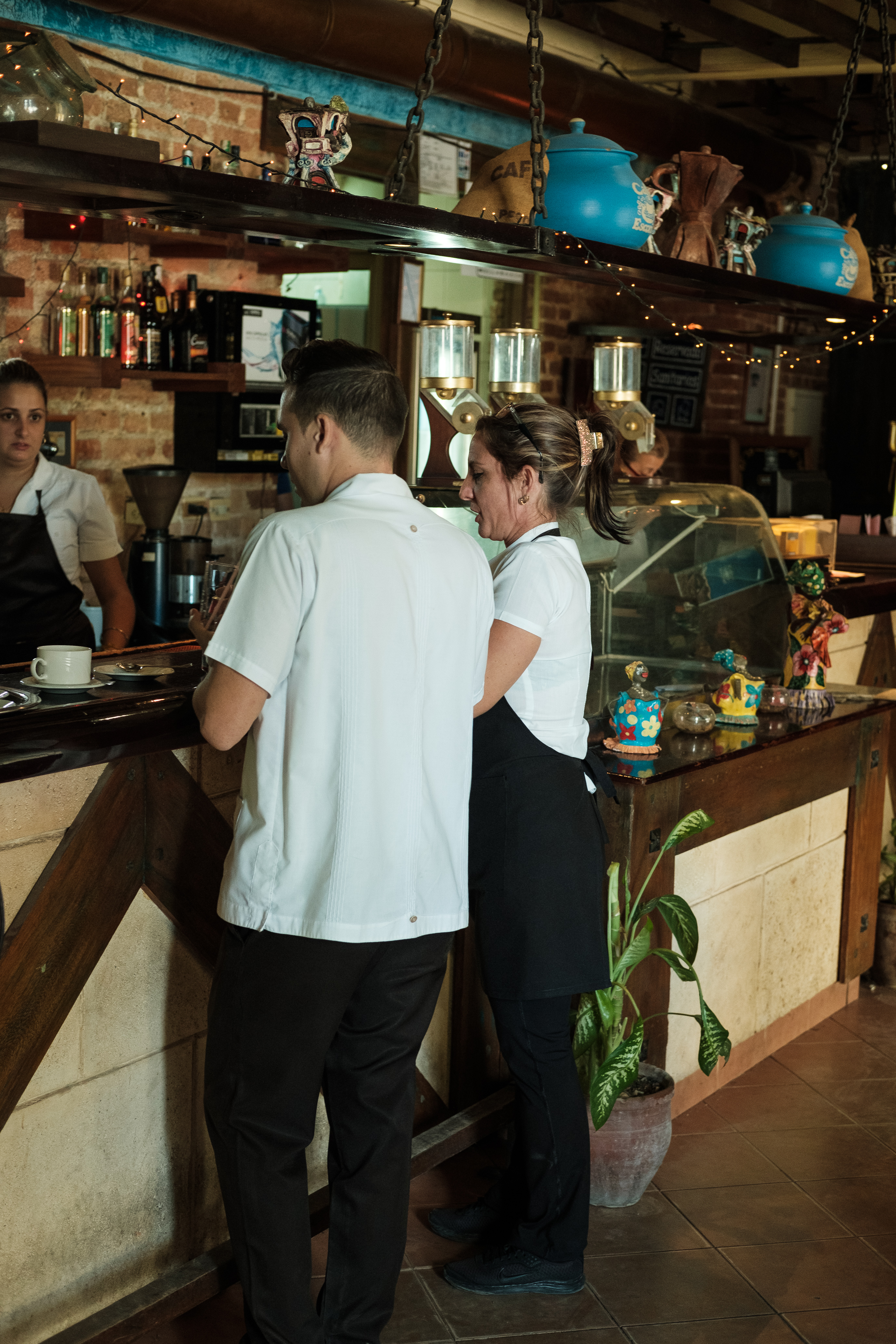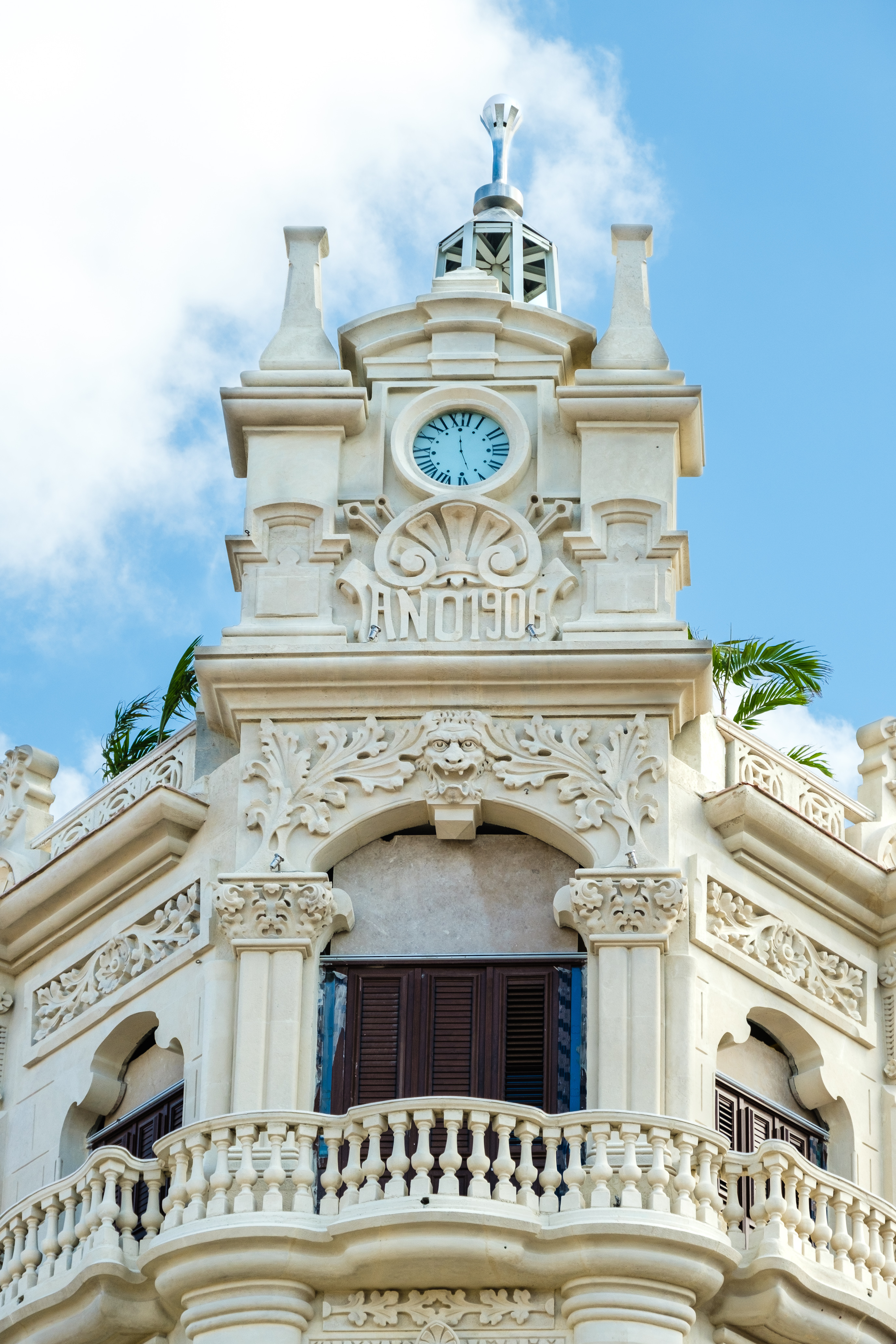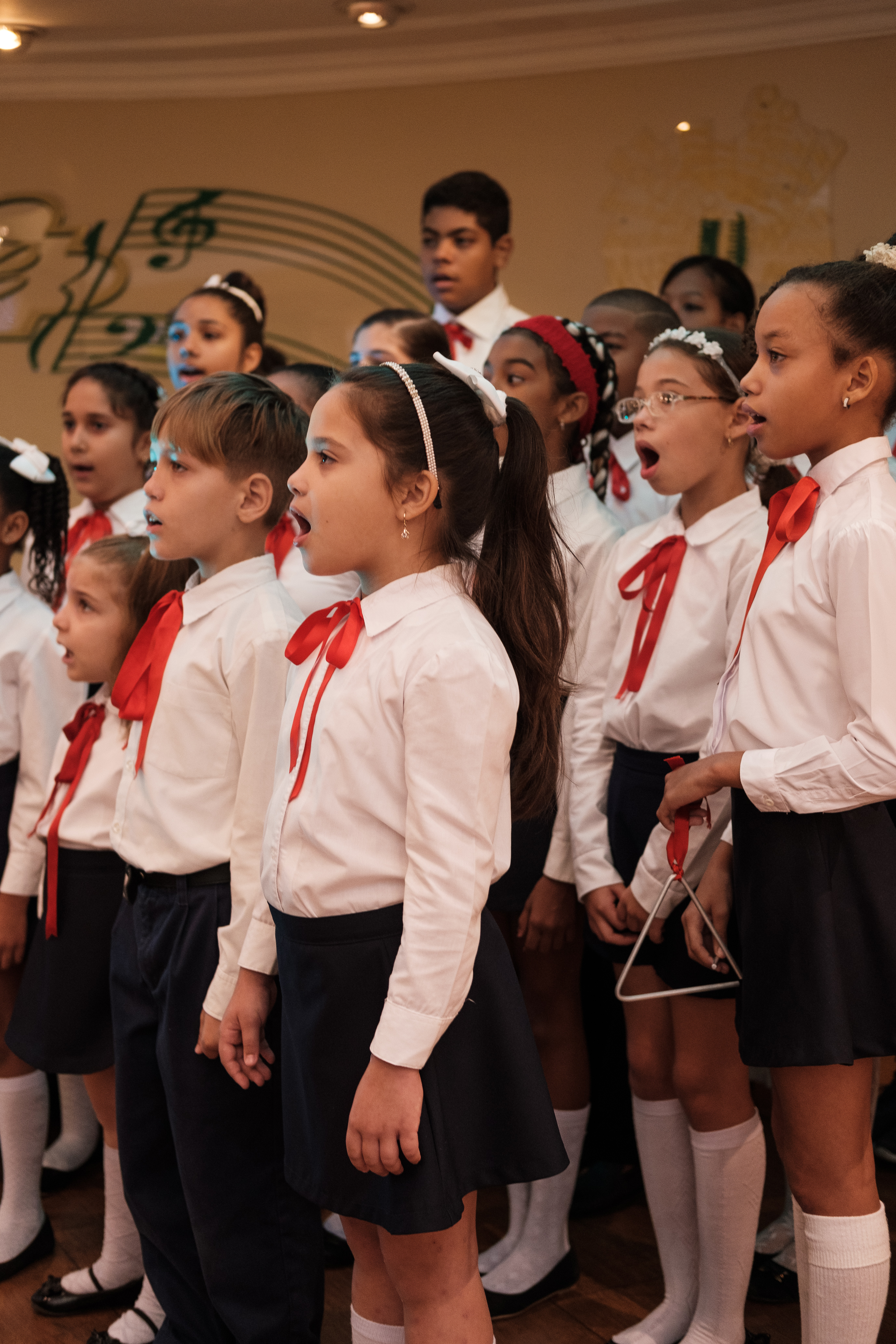 Exploring historic Havana. This is the second in a series covering my two trips to Cuba in Dec. 2014 and January 2019 with the Jay Seldin photography workshop groups.
Exploring historic Havana. This is the second in a series covering my two trips to Cuba in Dec. 2014 and January 2019 with the Jay Seldin photography workshop groups.
This post is a split between Old Havana (Habana Vieja) and Central Havana (Habana Centro) on several different walkabouts – some with the workshop group and some on my own. I did my best to specify below where I was when I took the photo, but I could be mistaken on a number of them. It doesn’t matter. The two areas kind of merge with each other anyway. One piece of advice I have for anyone exploring these fascinating and colorful parts of the city is to get lost in them (which I did when I was on my own away from the group). That’s often the best way to discover a city. It’s an easy thing to lose one’s way in Habana Vieja and Centro, that’s for sure. Anyway, what a walking city. What amazing architecture and street photography.
This will be part one; in a later post I will share some more from these two historic parts of the city.
 What’s that first photo above? It is the entrance to the America Theater (Teatro América) in Habana Centro, opened in 1941. At some point I will also post an art deco set – there’s a lot of surviving deco in Havana – so you can see more of the theater. Someone kindly let me inside to see the extraordinary surviving deco interior. Typical. I think I said in the past post what a welcoming place Cuba is. The theater is on Galiano, one of the main commercial streets in Centro.
What’s that first photo above? It is the entrance to the America Theater (Teatro América) in Habana Centro, opened in 1941. At some point I will also post an art deco set – there’s a lot of surviving deco in Havana – so you can see more of the theater. Someone kindly let me inside to see the extraordinary surviving deco interior. Typical. I think I said in the past post what a welcoming place Cuba is. The theater is on Galiano, one of the main commercial streets in Centro.
There’s more architecture in this set. We’ll be exploring the two oldest parts of the city, including colonial Havana when we get to Cathedral Square (the Plaza de la Catedral) in Habana Vieja. That’s a part of the city with a remarkable concentration of historic structures (and is a UNESCO World Heritage Site), although the Centro district also has much to see. Sadly, much of Habana Vieja and Centro is almost in ruins after 60 years of neglect. The sea air and humidity in Havana are very hard on the buildings which makes the upkeep all the more important. On these walks we are going to be away from the more touristy areas of the city for the most part. Remember all of the many restored buildings around the Paseo del Prado from the first post? There won’t be so much of that building renovation in this post. I saw all too many dilapidated and outright dangerous looking buildings. I am not sure some of that wiring on the outside is up to code! One even sees trees growing out of the sides of a few buildings (you’ll see one like that below).
Right at the beginning of the set you will also see two photos of a collapsed building in Centro. Look closely at the bottom of the first one and notice the bouquets left there – we were told the flowers are for the poor souls who died inside when it collapsed. Still, even in the perilous state that they are in, these two districts are jewels. Well, diamonds in the rough. Every so often I saw some of the most incredible tile work. Many of the buildings have beautiful decorative finishes, although sometimes they are barely recognizable. There’s a surprising amount of buildings from the art nouveau era (more in Centro). Deco. Colonial (more in Habana Vieja). And more. These districts have it all. I saw someone describe the older parts of Havana as “picturesque dereliction”. This area of the central city is simply an astonishing architectural treasure.

December 2014

January 2019
There is renovation taking place, however, although it seems like it is slow going. Take a look at these shots to the left taken of the same art nouveau era building near Old Town Square (Plaza Vieja) on both visits. Progress!
Of course, one of the best things about visiting Cuba, and the photography there, is the people. There seemed to be a photo waiting for me around every corner in this vibrant city. There’s a huge amount of life that takes place on the streets in Cuba. The photo of the jugadores de dominó (domino players) sitting curbside is almost a cliché – yeah, that dominos photo has been taken before by a lot of other people – but it was irresistible. As you will see in this and future posts, Havana and the rest of the country are a paradise for street photographers. I also could have called this set “Cuban Faces”. See for yourself!
Today’s street photography tips:
“If your photographs aren’t good enough, you’re not close enough.” (Robert Capa)
“Get out of the touristy areas.” (Daniel Leventhal)
Join me, please, on the walkabouts. Click on (or tap) an image to expand it, and use the arrow to the right on an expanded image to go through the set, if preferred over scrolling down in the post.
Keep well, dear readers, and see you again for more Cuba next post.

Decorated façade of a building (ca. 1920) on Galiano in Central Havana (Centro Habana), December 2014

El Floridita, birthplace of the daiquiri (la cuna del daiquiri), Old Havana (La Habana Vieja), December 2014

